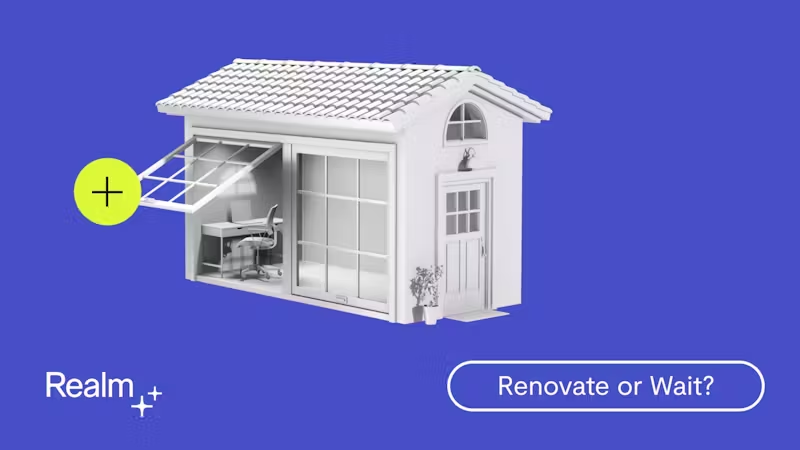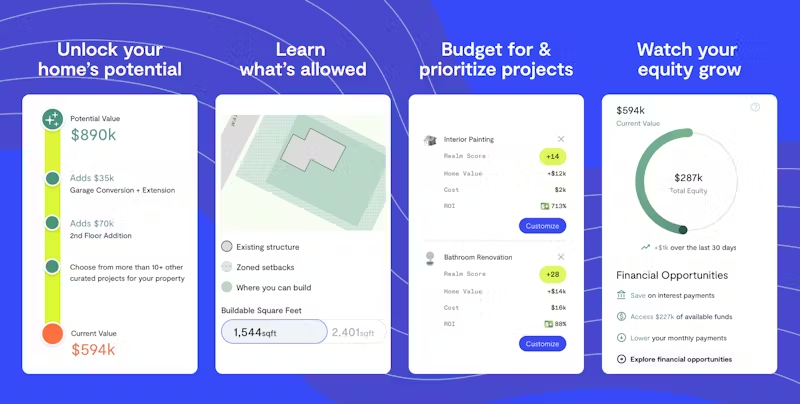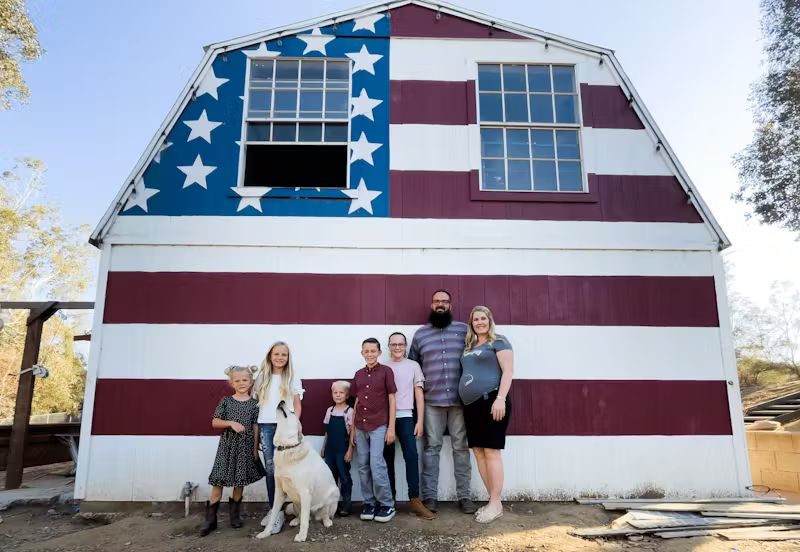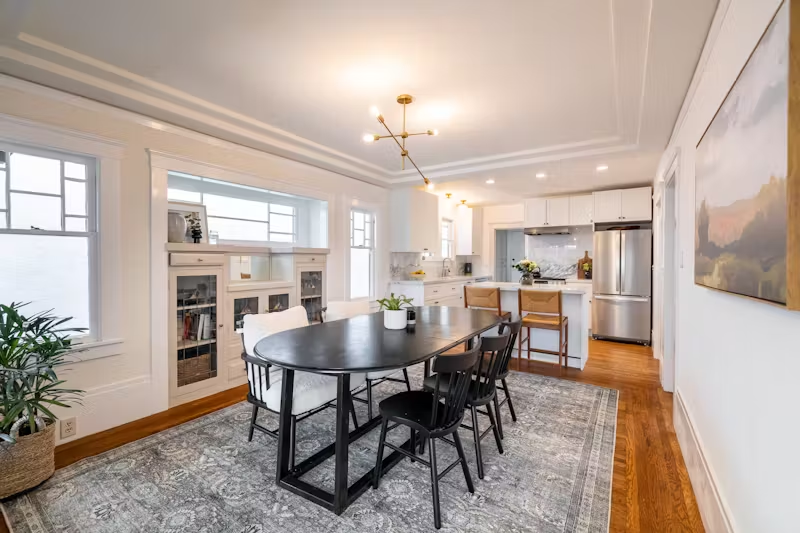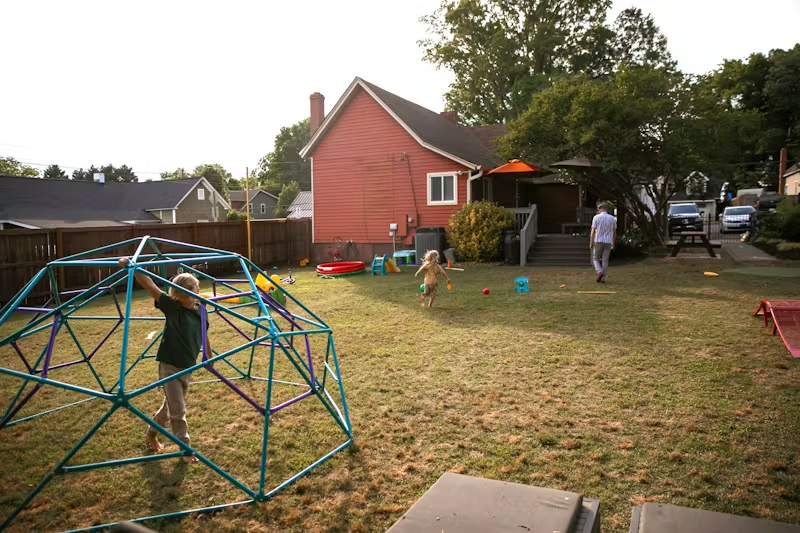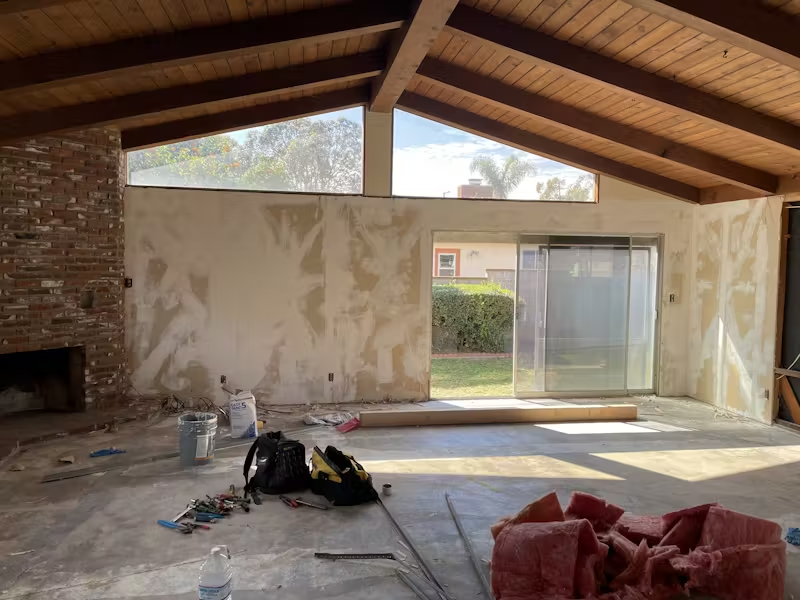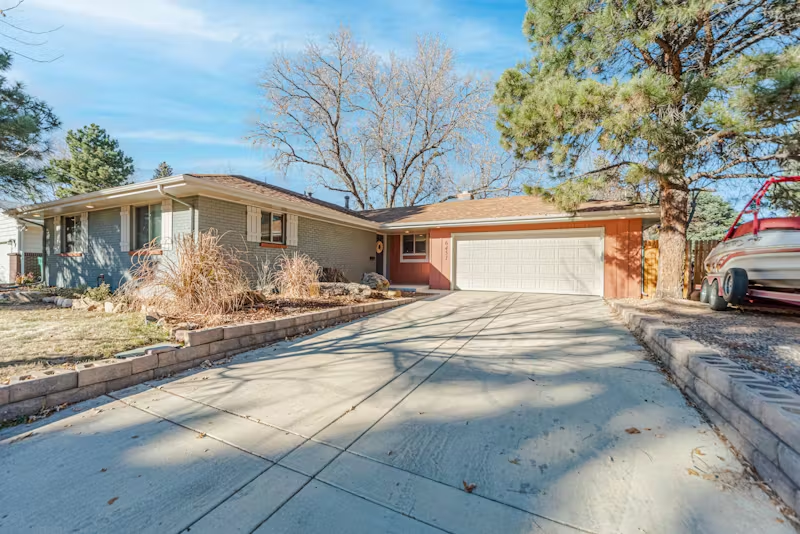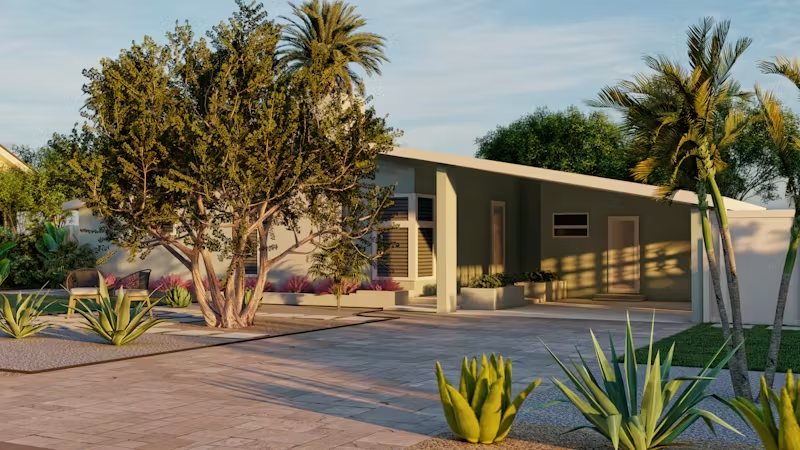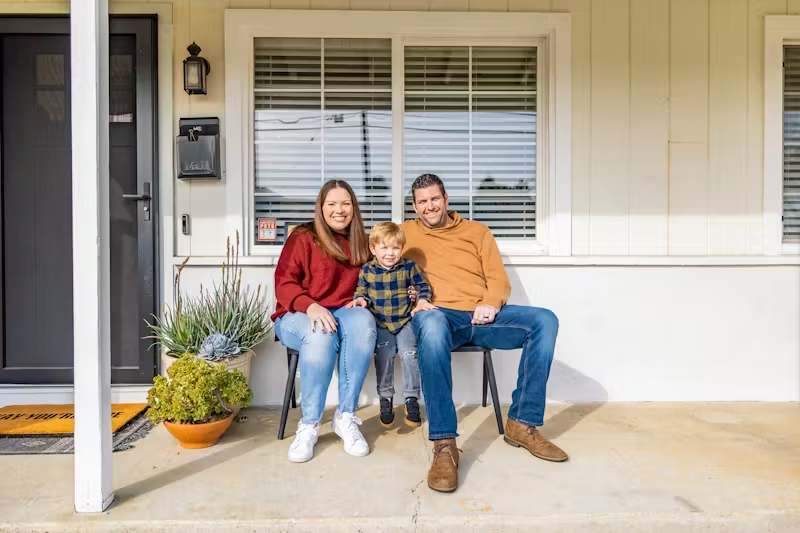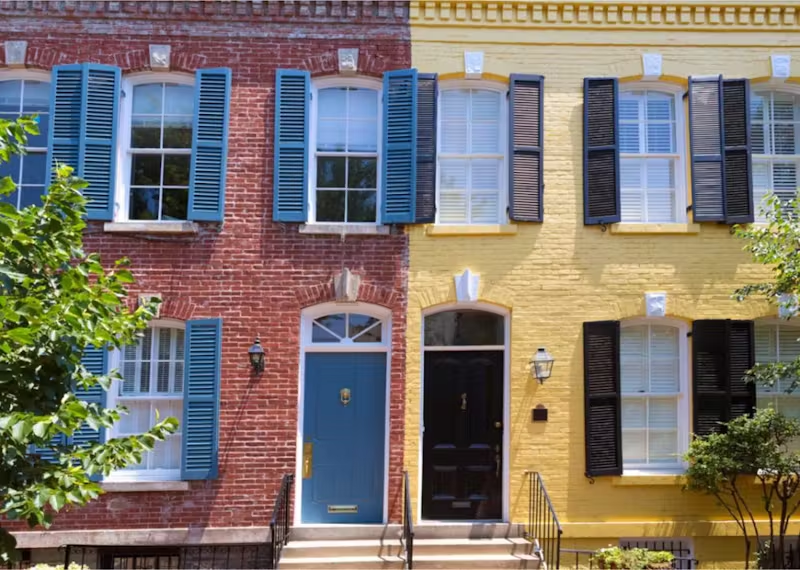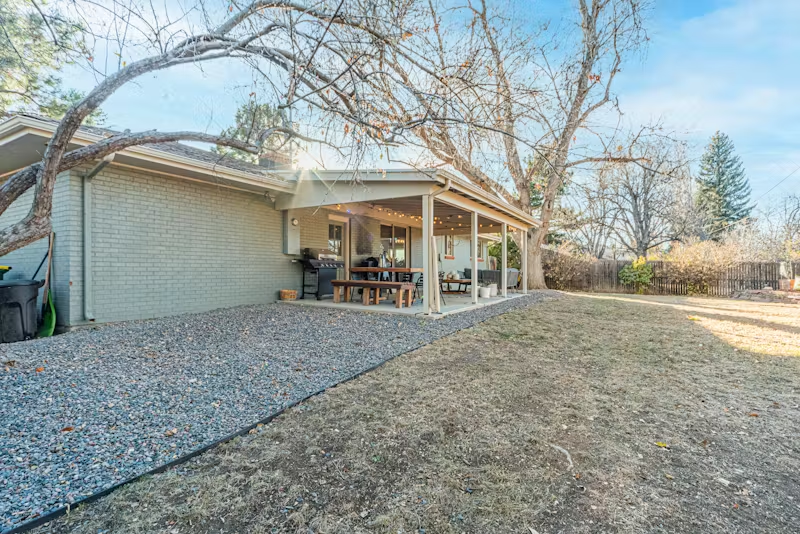How Much Does a Home Addition Cost? A Full Breakdown
Curious how much does a home addition cost? Get a clear breakdown of expenses, factors that affect pricing, and tips to plan your budget with confidence.
|
October 14, 2025

In this article:
Your home is starting to feel a little tight. Maybe you need a dedicated office, a bedroom for a growing family, or a kitchen that can actually fit more than two people. The idea of an addition is exciting, but it’s quickly followed by a very practical question: how much does a home addition cost? It’s the number one thing that can make a dream project feel either totally achievable or completely out of reach. While the final price tag is unique to every project, you don't have to guess. Understanding the typical costs for popular additions, the factors that influence the final price, and how to create a smart budget will give you the clarity you need to move forward with confidence.
Key Takeaways
- Understand the Core Cost Factors: The final price of your addition is a result of its size, the materials you choose, and your local labor market. Use a realistic range of $250-$500 per square foot as a starting point to ground your financial plans.
- Prioritize a Contingency Fund: The most critical part of any renovation budget is the money set aside for surprises. Earmarking an extra 10-20% of your total project cost provides a crucial safety net for managing unexpected issues without stress.
- Look Beyond the Build Cost: A successful project accounts for the entire financial picture, from securing the right financing upfront to planning for long-term changes like property taxes and insurance. This ensures your investment is sustainable for years to come.
What Does a Home Addition Really Cost?
Let’s get straight to the point: you want to know the bottom line. When you’re thinking about adding more space to your home, the first question is always about the cost. The truth is, there isn’t a single magic number. The final price tag for a home addition depends on what you’re building, where you live, and the finishes you choose. Think of it less like buying a product off the shelf and more like commissioning a custom piece of work—every detail influences the outcome.
While the final cost is unique to your project, you can get a solid idea of what to expect by looking at averages and understanding the key factors that drive the price up or down. Breaking it down by national averages, cost per square foot, and the impact of your location will give you a realistic starting point for your budget. This isn't about getting a final quote, but about arming yourself with the right information to start planning a project that fits your home and your finances.
The National Average
If you look at projects across the country, the average home addition costs about $48,000. But that number comes with a huge range, typically falling somewhere between $20,900 and $72,600. Why such a wide gap? This average includes everything from a small sunroom in a low-cost area to a primary suite in an expensive city. While it’s a helpful benchmark, it’s important not to get too attached to this number. Think of it as a ballpark figure that confirms an addition is a significant investment, but one that requires a closer look to understand what your project will actually cost.
The Cost Per Square Foot
A more practical way to estimate your budget is to look at the cost per square foot. For most home additions, you can expect to spend between $250 and $500 per square foot. This range accounts for the complexity of the build and the quality of materials you select. For example, adding a simple bedroom will land on the lower end of that scale, while a new bathroom or kitchen—with all its plumbing, electrical, and high-end fixtures—will push the cost toward the higher end. Using this metric helps you see how the size and function of your planned addition directly impact the overall expense.
How Location Affects Your Budget
Where you live is one of the biggest factors in determining your final cost. Building an addition in a major city like San Francisco or Los Angeles is significantly more expensive than in a rural area. This is due to higher costs for labor, materials, and more complex permitting processes. For homeowners in Realm’s service areas, it’s crucial to budget for these regional price differences. While the initial number might seem high, it’s often still a more sound financial decision than buying a new home in the same market. This is where having a dedicated advisor who understands your local market becomes invaluable for creating an accurate and realistic budget.
How Much Do Popular Additions Cost?
The cost of a home addition depends entirely on what you’re building. A small bump-out for a breakfast nook will have a very different price tag than a full second-story addition. Understanding the typical cost ranges for popular projects is the first step in figuring out what’s possible for your home and your budget. These numbers can give you a solid starting point for your conversation with a contractor or a Realm advisor. Let’s look at some of the most common home additions and what you can expect to invest.
Adding a Single Room or Bump-Out
If you need a dedicated home office, a sunny new bedroom, or a cozy sunroom, adding a single room is a great option. Costs for this type of project typically run from $20,900 to $72,600. For a more budget-conscious approach, consider a bump-out. This is a smaller addition that extends an existing room without needing a full foundation, making it perfect for expanding a kitchen or adding a bay window. A bump-out can range from just $4,000 to $30,000, offering a versatile way to gain a little extra square footage where you need it most.
Building Up: The Second-Story Addition
When you can’t build out, build up. Adding a second story is a complex project, but it’s an incredible way to double your living space without sacrificing your yard. The cost can vary widely, from $100 to $300 per square foot. A partial second story, perhaps over a garage or one wing of the house, might cost between $80,000 and $250,000. A full second-floor addition is a major renovation, with costs ranging from $100,000 to $600,000. This type of project requires significant structural work and careful planning, which is why having expert guidance is so important.
Expanding Your Kitchen or Bathroom
Kitchen and bathroom renovations are some of the most popular projects, and for good reason—they add immense value and daily enjoyment. A full kitchen expansion and overhaul averages around $80,000. If you’re just adding onto an existing kitchen, you can expect to pay between $75 and $250 per square foot. For a brand new kitchen addition, the cost is closer to $100 to $300 per square foot. Bathroom additions are generally more affordable, ranging from $5,000 to $35,000, depending on whether you’re adding a simple half-bath or a full bath with all the fixtures.
Converting a Garage or Building an ADU
Turning your garage into a living space, like a family room or guest suite, is a smart way to use the structure you already have. A garage conversion typically costs between $50,000 and $150,000. Another popular option, especially in California and Washington, is building an Accessory Dwelling Unit (ADU). These are separate, small homes on your property that can be used for family or as rental units. Building an ADU generally costs about $150 to $350 per square foot. Both projects can significantly increase your home's value and functional living space.
What Factors Influence the Final Cost?
While the average cost per square foot is a helpful starting point, it’s just that—a start. The final price tag on your home addition depends on a handful of key variables that can cause your budget to swing in either direction. Understanding these factors from the get-go will help you create a more accurate budget and avoid surprises down the road. Let’s break down what really drives the cost of an addition.
Your Local Market
Where you live plays a huge role in your project's total cost. Labor rates, the price and availability of materials, and even regional weather conditions can vary significantly from one city to another. For instance, building costs in the Bay Area will naturally be different from those in Sacramento. A trusted local partner can help you understand the specific economic landscape of your neighborhood. Realm provides you with a dedicated project advisor who is an expert in your area, ensuring your plans and budget are grounded in reality.
Materials and Labor
The two biggest line items on any renovation budget are materials and labor. The finishes you choose—from flooring and windows to countertops and fixtures—have a massive impact. High-end materials will increase your costs, while more standard options can help you stay on budget. Labor is the other major piece of the puzzle. Your general contractor will typically charge between 10% and 20% of the total project cost for their management services. Finding the right professionals is key, which is why we connect homeowners with our network of vetted contractors to ensure fair pricing and quality work.
Design and Architecture Fees
Before you can break ground, you need a solid plan. This is where architects, designers, and structural engineers come in. Their fees are influenced by the size and complexity of your project. A simple bump-out will require less design work than a multi-room, second-story addition. These professionals are essential for creating a safe, functional, and beautiful space that complies with local building codes. Having an expert on your side can make this process much smoother and help you get the most out of your investment.
Permits and Paperwork
Nearly every home addition requires permits from your local municipality. These aren't just suggestions; they're legal requirements to ensure your project is safe and up to code. You’ll likely need separate permits for building, electrical, plumbing, and mechanical work. The fees can vary based on your project's scope and where you live. The permitting process can be complex, but it’s a critical step you can’t skip. Working with a team that understands local regulations can save you a lot of time and headaches.
Site Prep and Structural Changes
Your project doesn't start in a vacuum—it connects to your existing home. Preparing the site and making any necessary structural changes can add to your costs. This could involve anything from clearing and leveling your yard to demolishing an existing wall or adding support beams to carry the new load. If your home’s current electrical or plumbing systems need to be updated to support the addition, that will also factor into the final price. An experienced team can help you identify these needs early, which is a core part of Why Realm exists.
Where Does the Money Go? A Project Expense Breakdown
Looking at the total cost of a home addition can feel a little overwhelming. But once you see how that number breaks down, it becomes much more manageable. Think of your project budget as a pie sliced into a few key pieces. Most of your spending will fall into six main categories: the structure, the exterior, the interior finishes, the essential systems, your project team, and a fund for surprises. Understanding what goes into each slice helps you see where your money is going, make smarter decisions, and feel more in control of your renovation. Let’s pull back the curtain on a typical home addition budget.
Foundation and Framing
This is the literal foundation of your project—the concrete, steel, and wood that create the bones of your new space. This phase covers everything from pouring the foundation to building the walls, floor, and roof structure. Costs here can range from $5,500 to $18,000, depending on the size of your addition and its complexity. For example, preparing the structure for a second-story addition requires more reinforcement than a simple ground-level bump-out, which will be reflected in the price. Getting the structural work right is a non-negotiable, as it ensures your new space is safe and built to last.
Exterior Finishes and Roofing
Once the frame is up, it’s time to create a protective shell. This includes the roofing, siding, windows, and doors that shield your home from the elements. You can expect to spend between $5,500 and $19,000 on the exterior. The final cost in this category is heavily influenced by your material choices. Standard vinyl siding will cost less than brick or stone, and the price of windows can vary significantly based on size, material, and energy efficiency. Choosing high-quality, energy-efficient windows can also lead to long-term savings on your utility bills.
Interior Finishes and Fixtures
This is where your vision really starts to come to life. Interior finishes cover everything that makes your new space feel like home: drywall, insulation, flooring, paint, trim, and lighting. The cost for this stage typically falls between $2,500 and $9,000. This is one of the most flexible parts of your budget, as your personal taste will be the biggest driver of the final cost. For example, you could choose budget-friendly carpet or invest in high-end hardwood floors. The fixtures you select, from light switches to ceiling fans, will also play a big role in the total.
Plumbing, Electrical, and HVAC
These are the critical systems running behind your walls that make the space comfortable and functional. If your addition includes a bathroom or kitchen, you’ll need a plumber to run new water and drain lines. An electrician will be needed to wire for outlets, switches, and light fixtures. You’ll also need to extend your home’s heating, ventilation, and air conditioning (HVAC) system. Budgeting $3,500 to $11,000 for this work is a good starting point. These tasks require licensed professionals to ensure everything is done safely and up to code.
Fees for Your Project Team
Unless you’re a seasoned construction pro, you’ll be hiring a team to bring your addition to life. The general contractor (GC) is the captain of this team, managing every aspect of the job from scheduling subcontractors to ordering materials. GCs typically charge 10% to 20% of the total project cost for their services. This fee is their compensation for the expertise and daily oversight that keeps your project on track. Having an expert on your side to help you find and vet professionals is one of the best ways to ensure your project runs smoothly from start to finish.
Planning for Unexpected Costs
No matter how carefully you plan, renovations have a way of throwing a few curveballs. You might open up a wall and discover old wiring that needs to be replaced or face a delay because a specific material is on backorder. That’s why it’s essential to build a contingency fund into your budget. Setting aside an extra 10% to 15% of your total project cost for these surprises provides a crucial safety net. This isn’t a sign of poor planning—it’s smart planning that prevents a small hiccup from turning into a major financial stress.
How to Create a Smart Budget
A thoughtful budget is the blueprint for a successful home addition. It’s not just about the final number; it’s about making informed decisions that align your vision with your finances. Creating a smart budget from the start helps you stay in control, avoid stressful surprises, and ensure your project delivers exactly what you need without unnecessary strain. Think of it as your project’s North Star, guiding every choice from materials to finishes. With a clear financial plan, you can move forward with confidence and focus on the exciting parts of bringing your new space to life.
Set a Realistic Budget
First things first: let’s ground your budget in reality. A good starting point is to understand the typical costs in your area. Home additions often range from $250 to $500 per square foot, depending on the complexity of the project and the quality of materials you choose. Do some initial research and have honest conversations about what you can comfortably afford. This isn't about limiting your dreams, but about creating a solid foundation for them. A realistic budget empowers you to make smart choices and helps you plan your project with clarity from day one.
Prioritize Your Wants and Needs
This is where you get to define what truly matters. Grab a notebook and make two lists: a "must-haves" list and a "wish list." Your must-haves are the non-negotiables—the things your addition absolutely needs to function for your family, like a certain number of bedrooms or a specific layout. The wish list is for the extras you’d love if the budget allows, like high-end fixtures or custom cabinetry. This simple exercise helps you focus your spending on what will have the biggest impact and makes it easier to decide where to save and where to splurge.
Build in a Contingency Fund
If there’s one piece of advice every renovation expert agrees on, it’s this: expect the unexpected. A contingency fund is a safety net for your project, covering unforeseen issues that can pop up, like hidden structural problems or discovering old wiring that needs updating. Plan on setting aside an extra 10–20% of your total project cost. This isn't "extra" money; it's a crucial part of your budget that gives you breathing room and prevents a small surprise from derailing your entire project. Think of it as peace of mind you build right into your financial plan.
Get Multiple Bids
Don't just go with the first contractor you talk to. It’s essential to get detailed quotes from at least three different vetted professionals. This isn’t just about finding the lowest price; it’s about understanding what you’re getting for your money and finding a team you trust. A detailed bid will break down the costs for labor, materials, and permits, allowing you to compare apples to apples. This step ensures you’re getting a fair price and helps you find a partner who understands your vision and can work within your budget.
Work With an Expert
Managing a home addition can be complex, and trying to do it all on your own can lead to costly mistakes. Working with an expert, like a designer or a dedicated project advisor, can save you money in the long run. They can help you create a functional plan that respects your budget, source cost-effective materials, and anticipate problems before they happen. An expert provides invaluable guidance, ensuring your project stays on track and on budget. Having a professional in your corner is one of the smartest investments you can make, which is why Realm provides one for every homeowner.
Ways to Save on Your Home Addition
An addition is a major investment, but it doesn't have to break the bank. With some smart planning and strategic decisions, you can manage your budget effectively. Here are a few practical ways to keep costs in check without compromising on your vision for your new space.
Choose Your Materials Wisely
The materials you select play a huge role in your project's final price tag. High-end finishes, custom-ordered items, or materials that have to be shipped from far away will naturally increase costs. Instead of splurging on every detail, focus on one or two "wow" features and find more affordable alternatives for everything else. For example, you might opt for beautiful quartz countertops instead of marble, or choose high-quality luxury vinyl flooring that mimics the look of hardwood for a fraction of the price. A little research can help you find materials that fit your aesthetic and your budget, giving you a high-end look without the high-end cost.
Time Your Project Right
Believe it or not, the time of year you start your project can impact your budget. Most homeowners plan renovations for the spring and summer, which means contractors are at their busiest. If your timeline is flexible, consider scheduling your addition for the "off-season" in late fall or winter. With less demand, you may find that contractors have more availability and can sometimes offer more competitive rates. Planning ahead allows you to book the best professionals for the job and potentially save some money in the process, making it a win-win.
Find Smart Savings (Value Engineering)
Value engineering is just a technical term for getting the most bang for your buck. It’s about making smart substitutions that save money without sacrificing quality or design. This could mean choosing standard-sized windows and doors instead of custom dimensions, or simplifying the roofline to reduce framing complexity. Working with an expert can help you identify these opportunities. They can also help you build a realistic budget that includes a 10-20% contingency fund. This isn't extra money to spend—it's a safety net for any surprises that pop up, ensuring you can handle them without derailing your finances.
Stick to the Plan
One of the fastest ways to inflate your budget is through "scope creep"—making changes or adding new features after construction has already started. While it’s tempting to add a skylight or move a wall on the fly, these mid-project adjustments can cause a domino effect of added labor and material costs. The best way to avoid this is to finalize every single detail of your design plan before the first hammer swings. Having a dedicated advisor can be invaluable here, as they help ensure your project stays on track and on budget from start to finish.
Decide What to DIY (and What Not To)
If you’re handy, taking on a few tasks yourself can be a great way to save money. Projects like interior painting, installing trim, or doing some light landscaping are often manageable for a skilled DIYer. However, it’s crucial to know where to draw the line. Leave the complex, high-risk jobs to the pros. Anything involving your home’s structure, foundation, electrical, or plumbing systems requires a licensed professional. Trying to DIY these tasks can lead to costly mistakes, failed inspections, and serious safety hazards. It’s always smarter to invest in vetted professionals for the critical work.
How to Pay for Your Addition
Once you have a solid budget, the next big question is how to fund your project. A home addition is a significant financial investment, but you don’t have to pay for it all out of pocket. From leveraging the value you’ve already built in your home to securing a loan designed for construction, there are several smart financing routes. The best path for you will depend on your financial situation, how much equity you have, and the total cost of your addition.
Exploring your options early in the process is key. Some financing methods, like construction loans, are integrated into the project's timeline, releasing funds as work is completed. Others, like a home equity loan, provide a lump sum upfront. Understanding the pros and cons of each will help you make a confident decision that aligns with your long-term financial goals and gets your project off the ground smoothly. Let’s walk through the most common ways homeowners pay for their additions.
Using Your Home's Equity
One of the most popular ways to finance an addition is by tapping into your home's equity—the difference between what your home is worth and what you owe on your mortgage. You can access this value through a home equity loan or a home equity line of credit (HELOC). A home equity loan gives you a lump sum of cash with a fixed interest rate, which is great if you have a firm project quote. A HELOC works more like a credit card, giving you a revolving line of credit you can draw from as needed. This flexibility is ideal for projects where costs might change along the way.
Construction Loans
If you don't have a lot of equity built up, a construction or renovation loan is an excellent alternative. Unlike loans based on your home's current value, these are often based on its after-renovation value. This allows you to borrow against the future value your addition will create. Lenders typically release the funds in stages, or "draws," as your project meets specific milestones, like completing the foundation or framing. This ensures the money is being used as intended throughout the build. Many of these loans can be converted into a traditional mortgage once the project is finished, simplifying your long-term payments.
Personal Loans and Other Options
You can also finance a home renovation without using your home as collateral. Unsecured personal loans are a solid option, especially for smaller additions. Because the loan isn't tied to your property, there's less risk for you, but interest rates are usually higher than with equity-based loans. Another strategy is a cash-out refinance, where you replace your current mortgage with a new, larger one and take the difference in cash. This can be a good move if you can also secure a lower interest rate on your entire mortgage in the process.
Calculate Your Return on Investment (ROI)
While you’re planning the finances, think about the project's return on investment (ROI). This measures how much value the addition brings to your home compared to what you spend. Certain projects have a higher ROI than others; for example, adding bedrooms and bathrooms can significantly increase your home’s market value. While a high ROI is great for your long-term wealth, don't forget to factor in the personal value. The daily enjoyment and improved functionality you get from your new space is a return that you can’t put a price on. A platform like Realm can help you analyze project costs and potential resale value.
The Long-Term Financial Impact
Once the dust settles and your beautiful new addition is complete, the financial considerations don't stop entirely. But don't worry—thinking about the long-term impact now is just part of smart homeownership. These ongoing costs are predictable and manageable, and they’re often tied to the positive outcome of increasing your home’s value. It’s easy to get caught up in the excitement of design and construction, but a truly successful project is one that enhances your life and your finances for years to come. From property taxes to resale value, understanding these factors ensures you’re prepared for the future and can fully enjoy the investment you’ve made in your home. Let's walk through what you can expect after the final nail is hammered in.
How It Affects Your Property Taxes
One of the most direct financial changes you'll see is with your property taxes. When you add square footage or significant improvements to your home, its assessed value goes up. Your local tax assessor will re-evaluate your property based on its new, larger size and enhanced features, which means your annual tax bill will likely increase. This isn't a surprise penalty; it's a reflection of your home's higher market value. Think of it as a side effect of a successful investment. It’s a good idea to set aside funds for this anticipated increase so it doesn’t catch you off guard when the new bill arrives.
Update Your Homeowner's Insurance
After your project wraps up, one of the first calls you should make is to your insurance agent. Your existing homeowner's policy was based on your home's previous value. Now that you've completed an addition, your home is worth more, and you need to update your coverage to match. Failing to do so could leave you underinsured, meaning if something were to happen—like a fire or major storm—your policy might not cover the full cost of rebuilding your newly improved space. A quick update ensures your investment is properly protected and gives you peace of mind.
Increase Your Home's Resale Value
Here’s the best part of the long-term financial picture: a well-designed home addition is a fantastic investment. Expanding your living space can significantly increase your home's resale value, often adding much more value than the project cost. Whether you’ve added a primary suite, expanded the kitchen, or built a second story, you’re making your home more attractive to future buyers. This increase in equity is a major financial win. At Realm, we help homeowners plan projects that not only improve their daily lives but also maximize their return on investment when it's time to sell.
Check Local Zoning and HOA Rules
This is a crucial step to take before you even break ground, but it has long-term financial implications. Ignoring local zoning laws or your Homeowners Association (HOA) rules can lead to expensive fines, legal battles, or even being forced to tear down your new addition. These regulations can dictate everything from how close you can build to your property line to the types of materials you can use. Doing your homework upfront prevents costly headaches down the road. A design-build firm or a service like Realm can help you manage these requirements to ensure your project is fully compliant from day one.
Frequently Asked Questions
Why is the cost per square foot such a wide range? Think of it like this: building a simple, empty bedroom is very different from building a full kitchen. The bedroom is mostly just structure and finishes, which keeps it on the lower end of the cost spectrum. A kitchen or bathroom, however, requires expensive plumbing, electrical work, custom cabinetry, countertops, and appliances. These complex systems and high-end materials are what push the cost per square foot toward the higher end of the range.
Is it cheaper to build a second story or a ground-floor addition? This is a classic question with a "it depends" answer. Building up can sometimes be more cost-effective per square foot because you aren't paying for a new foundation. However, the total project cost is often higher due to the significant structural work needed to support a second level. Building out is usually simpler structurally but requires excavation, a new foundation, and a new roof. The best choice really comes down to your property's layout, your local zoning laws, and your overall goals for the space.
How can I be sure my contingency fund is enough? A contingency fund of 10-20% is the industry standard for a reason—it covers most surprises. If you have an older home or your project involves a lot of unknowns, aiming for the higher end of that range is a smart move. The goal isn't to spend this money, but to have it as a safety net. It provides peace of mind and ensures that a small issue, like discovering old wiring, doesn't force you to make compromises on the parts of the project you really care about.
Will an addition always increase my home's value more than it costs? While a well-planned addition is one of the best investments you can make in your home, it's not always a guarantee that you'll recoup 100% of the cost at resale. The return depends heavily on your local market, the quality of the work, and the type of space you add. However, the value isn't just financial. The daily enjoyment and improved functionality you get from a space that truly fits your life is a return you'll benefit from every single day.
What's the very first step I should take to get a realistic budget for my project? Before you even think about calling contractors for bids, the first step is to clearly define your goals and priorities. Figure out exactly what you need from the new space and what your absolute must-haves are. Once you have that clarity, you can work with a designer or a project advisor to develop a detailed scope of work. This plan is what allows contractors to give you an accurate, apples-to-apples quote, forming the foundation of a realistic budget.






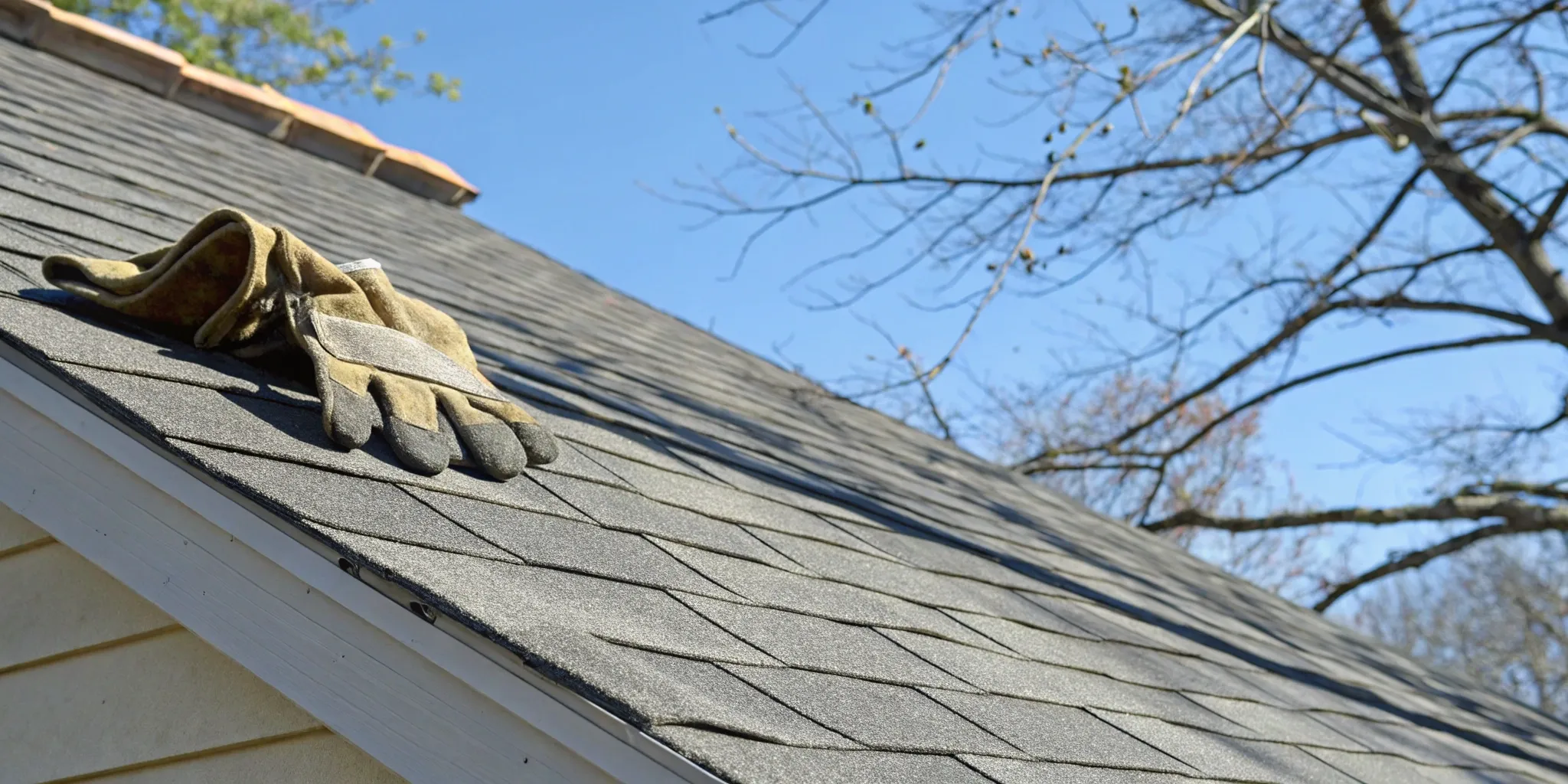
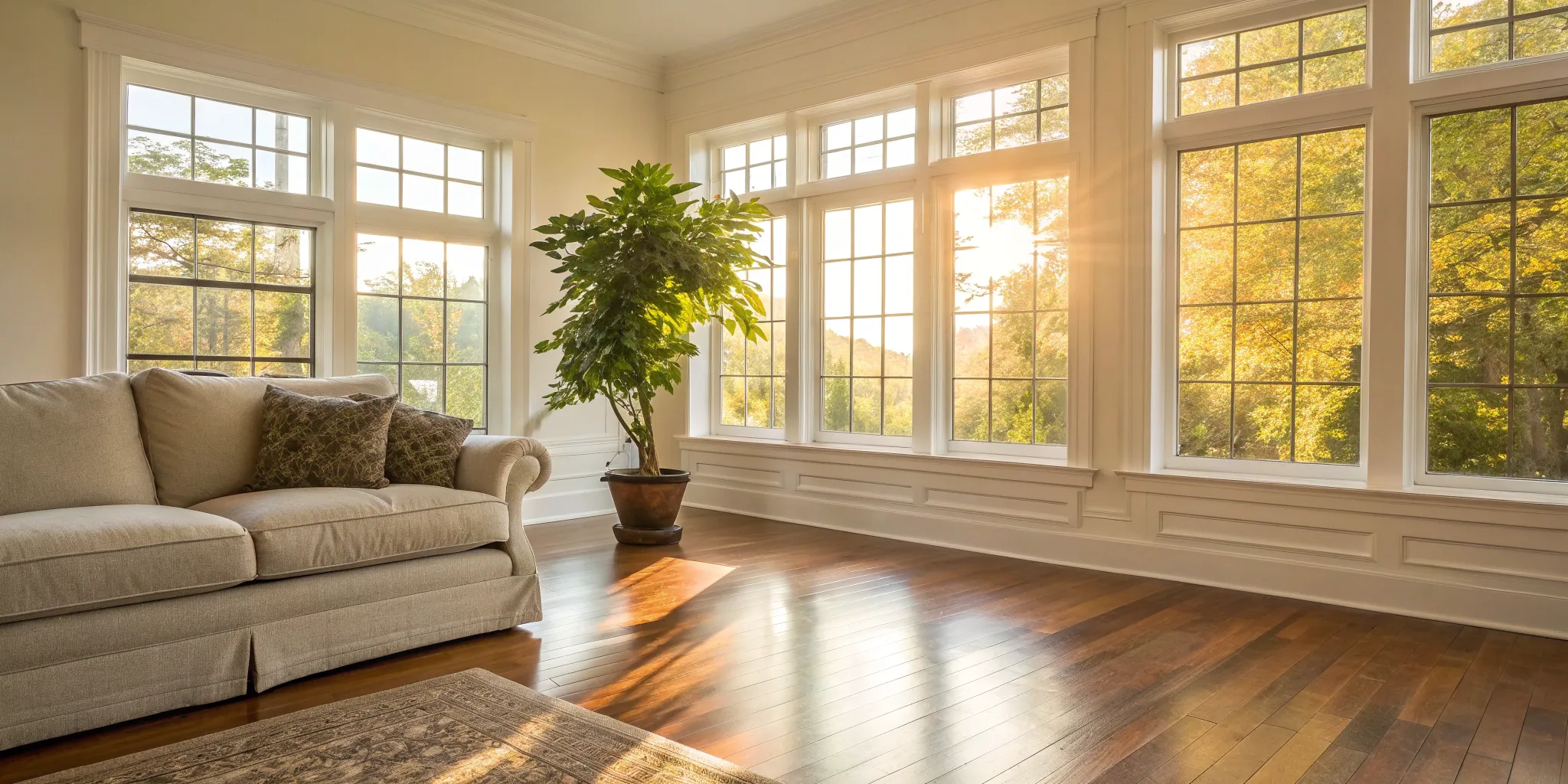

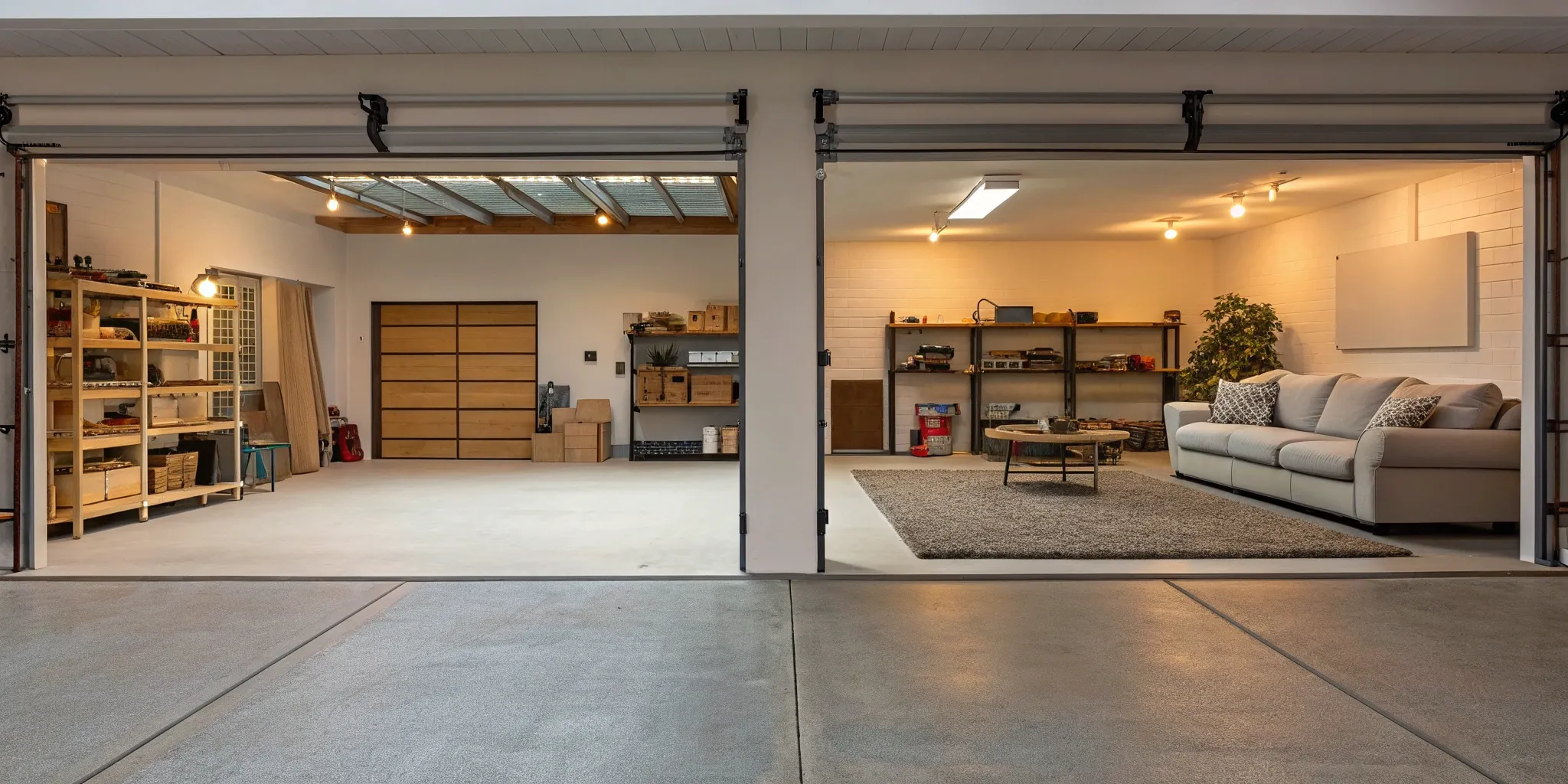
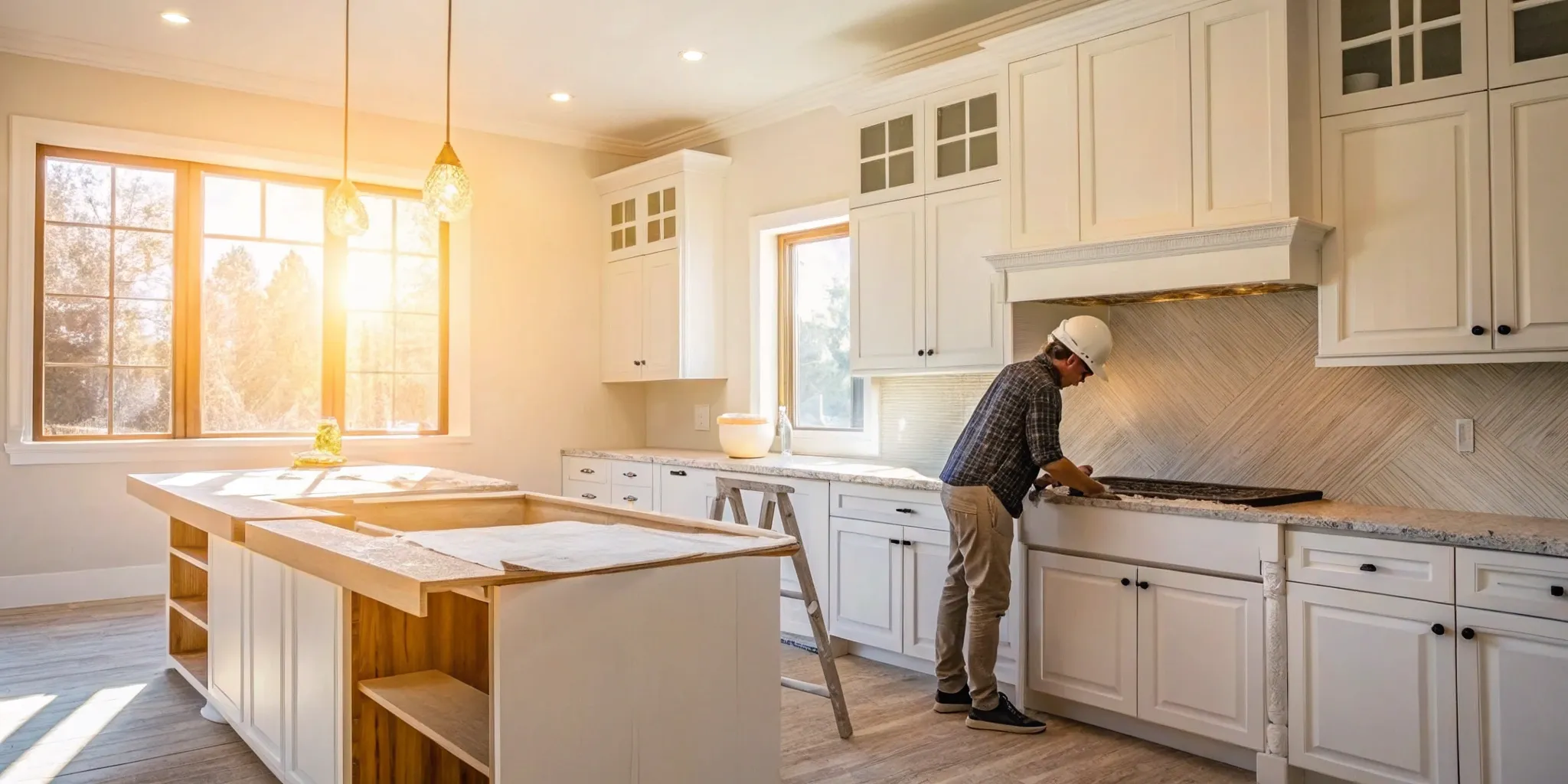
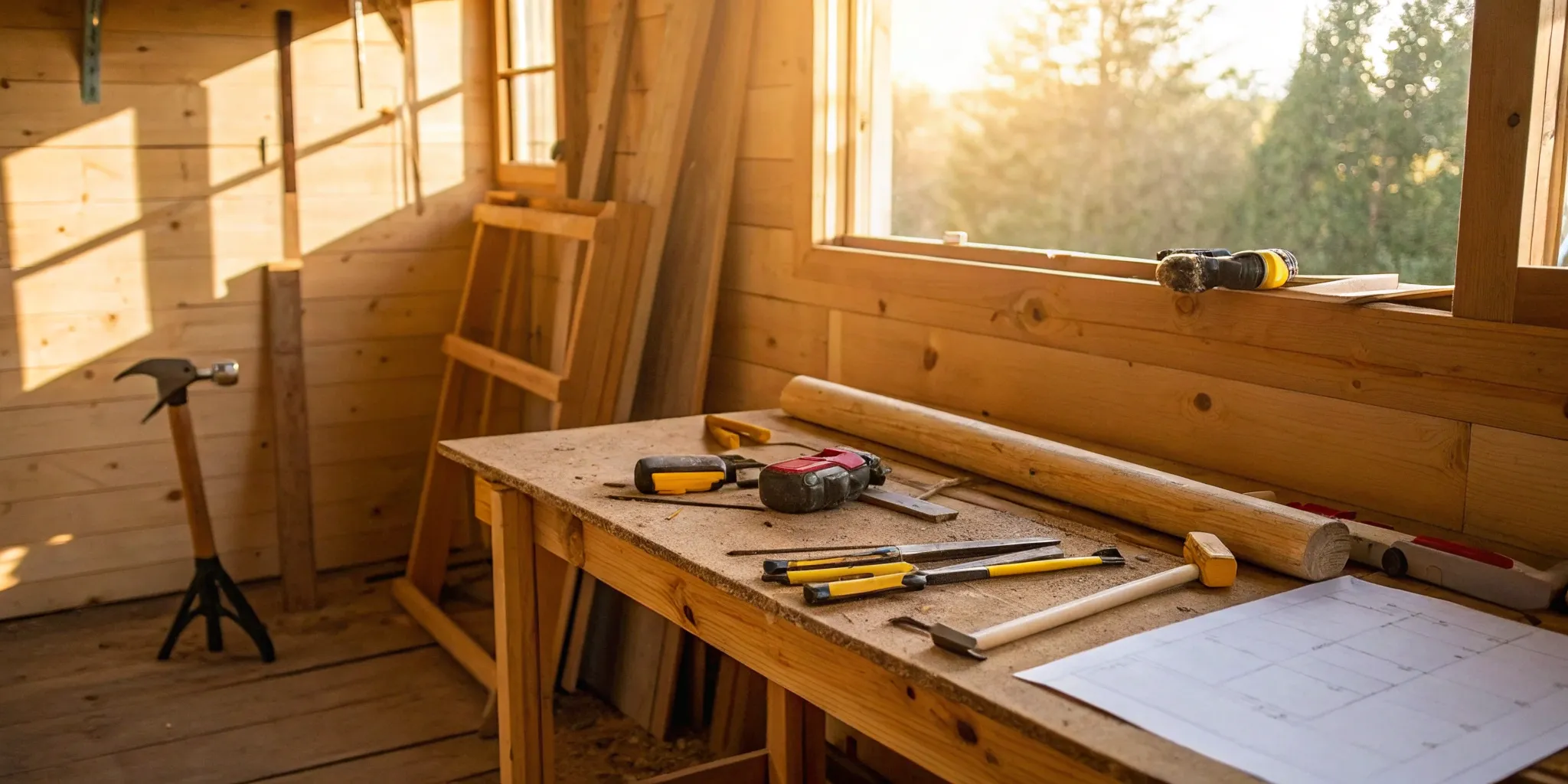

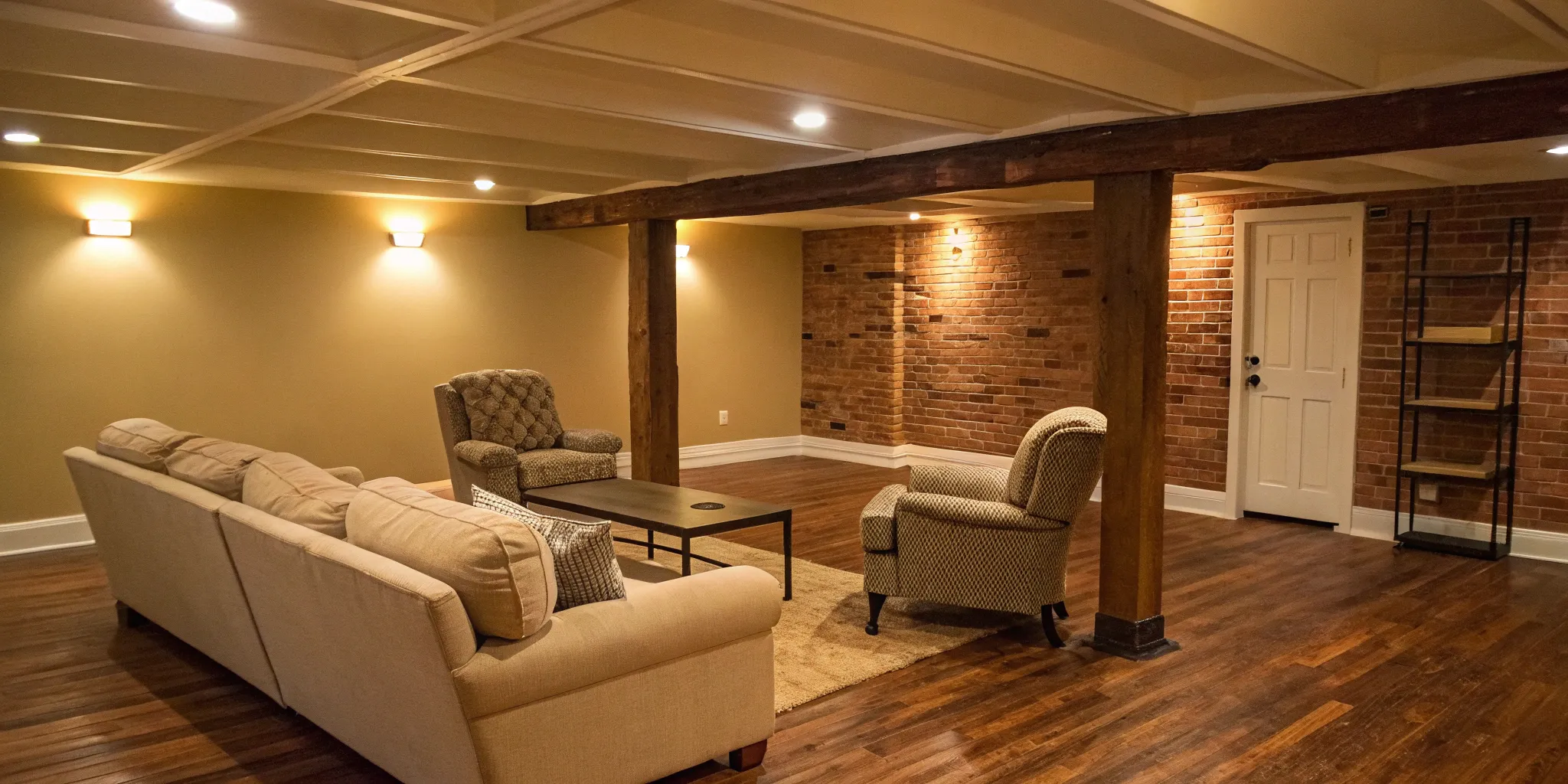

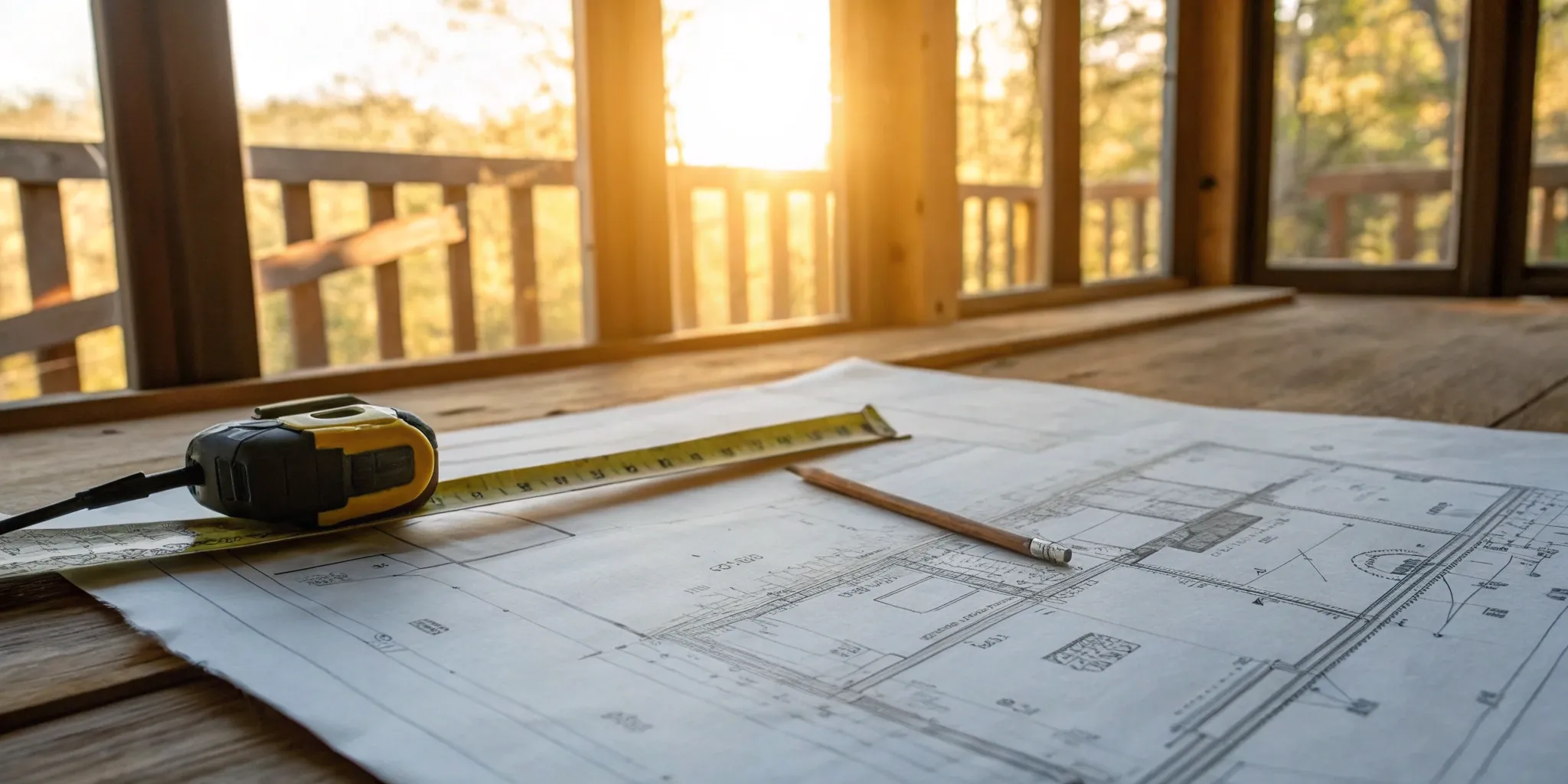
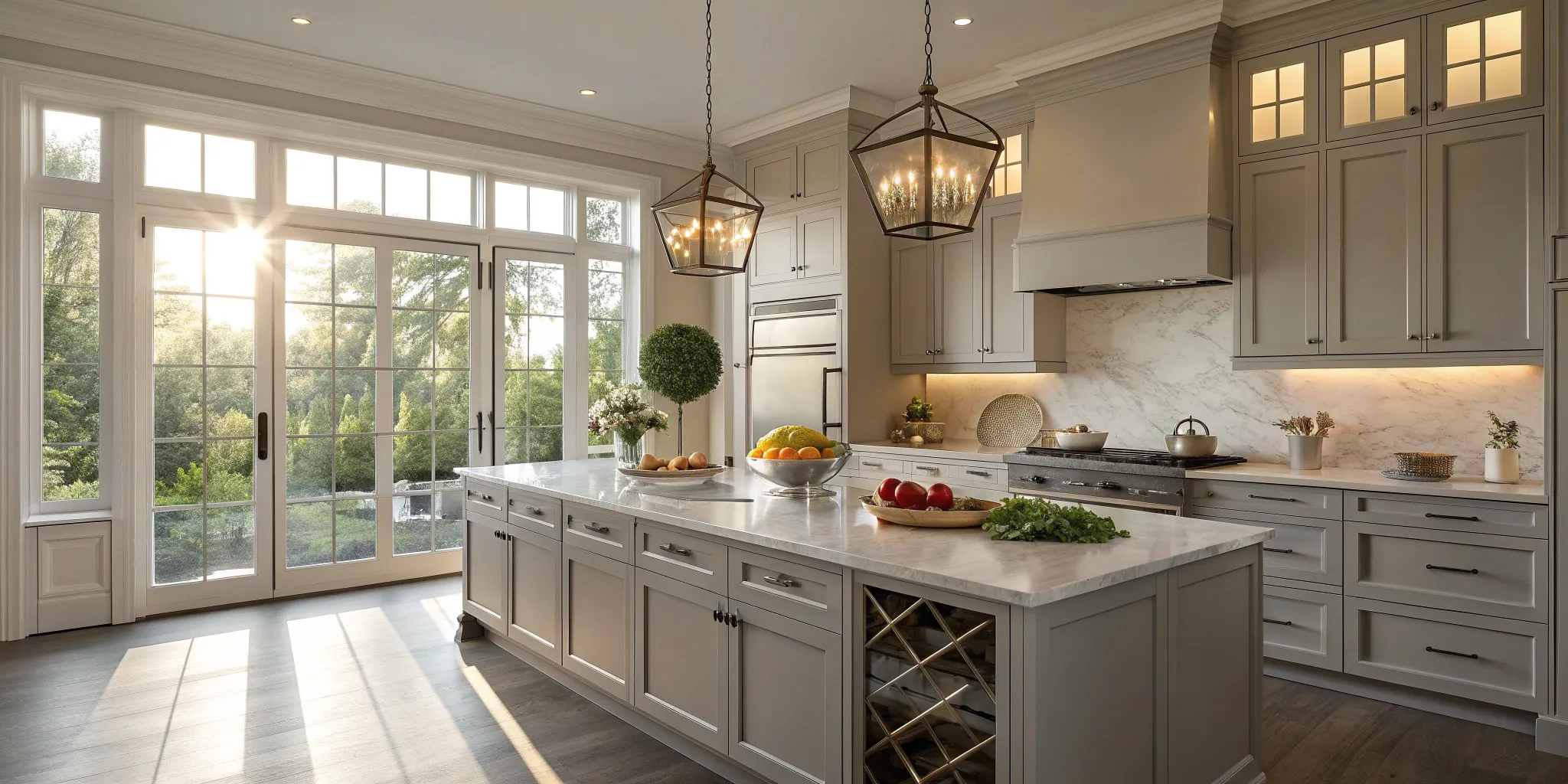


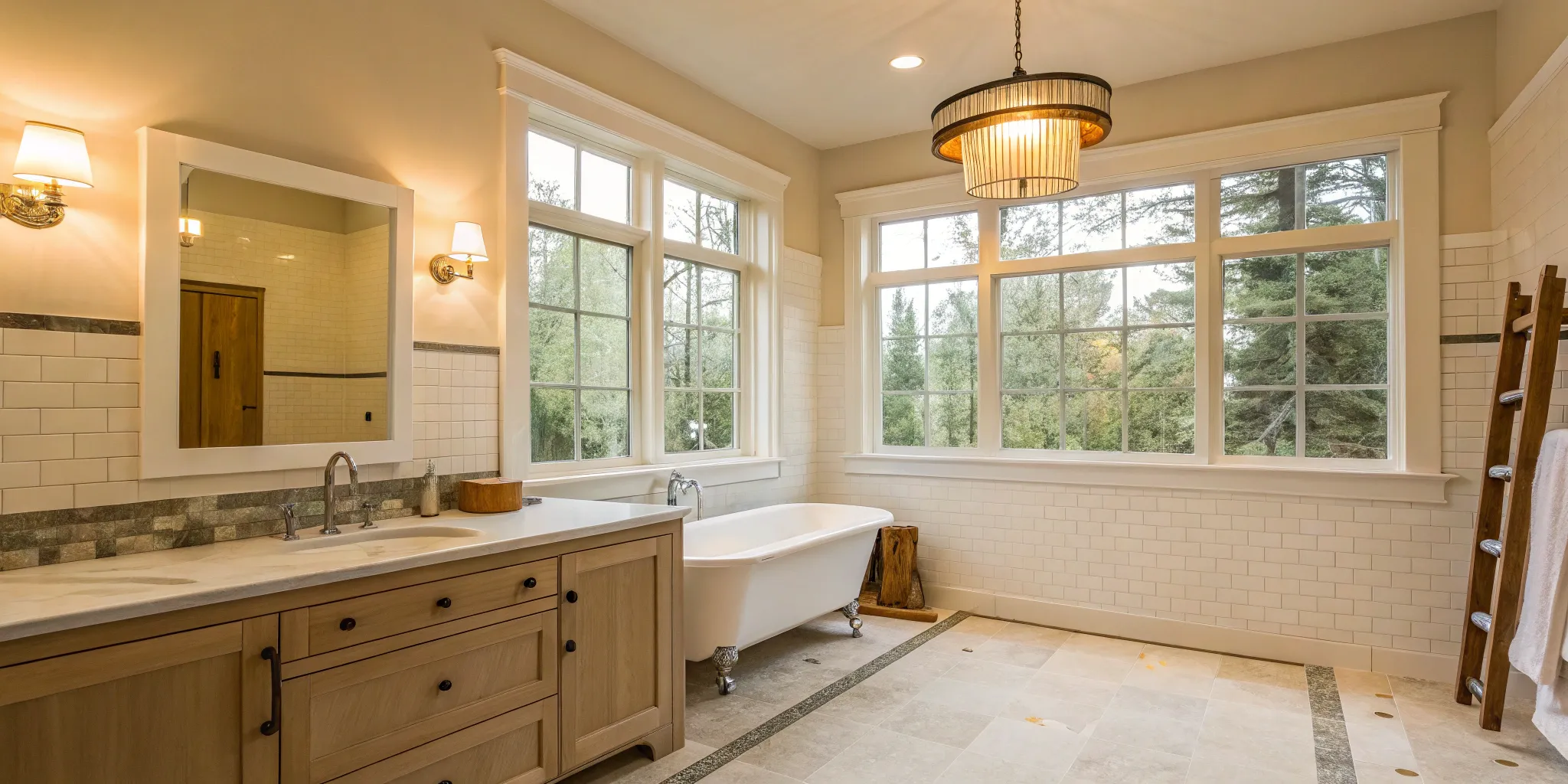
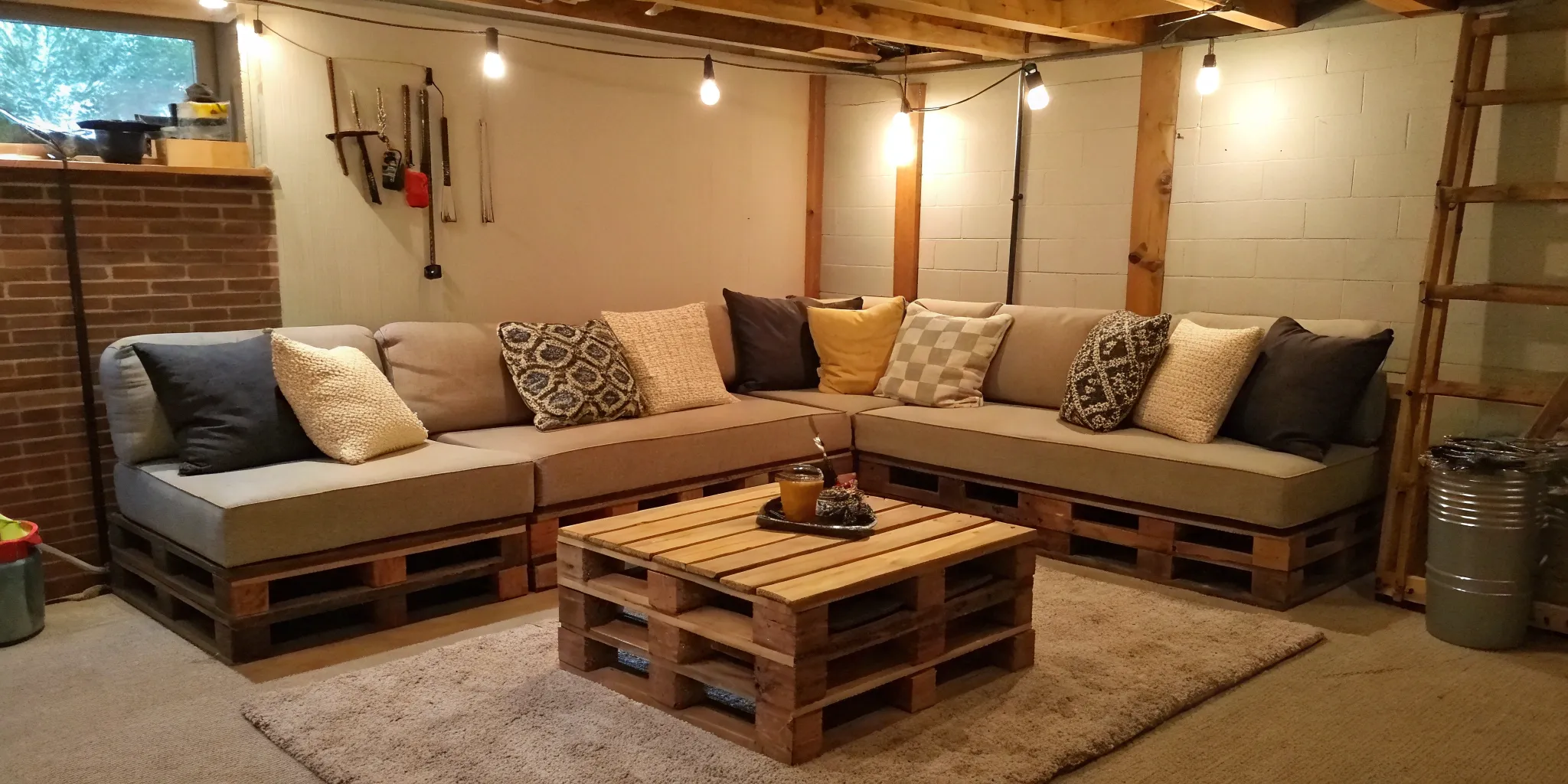
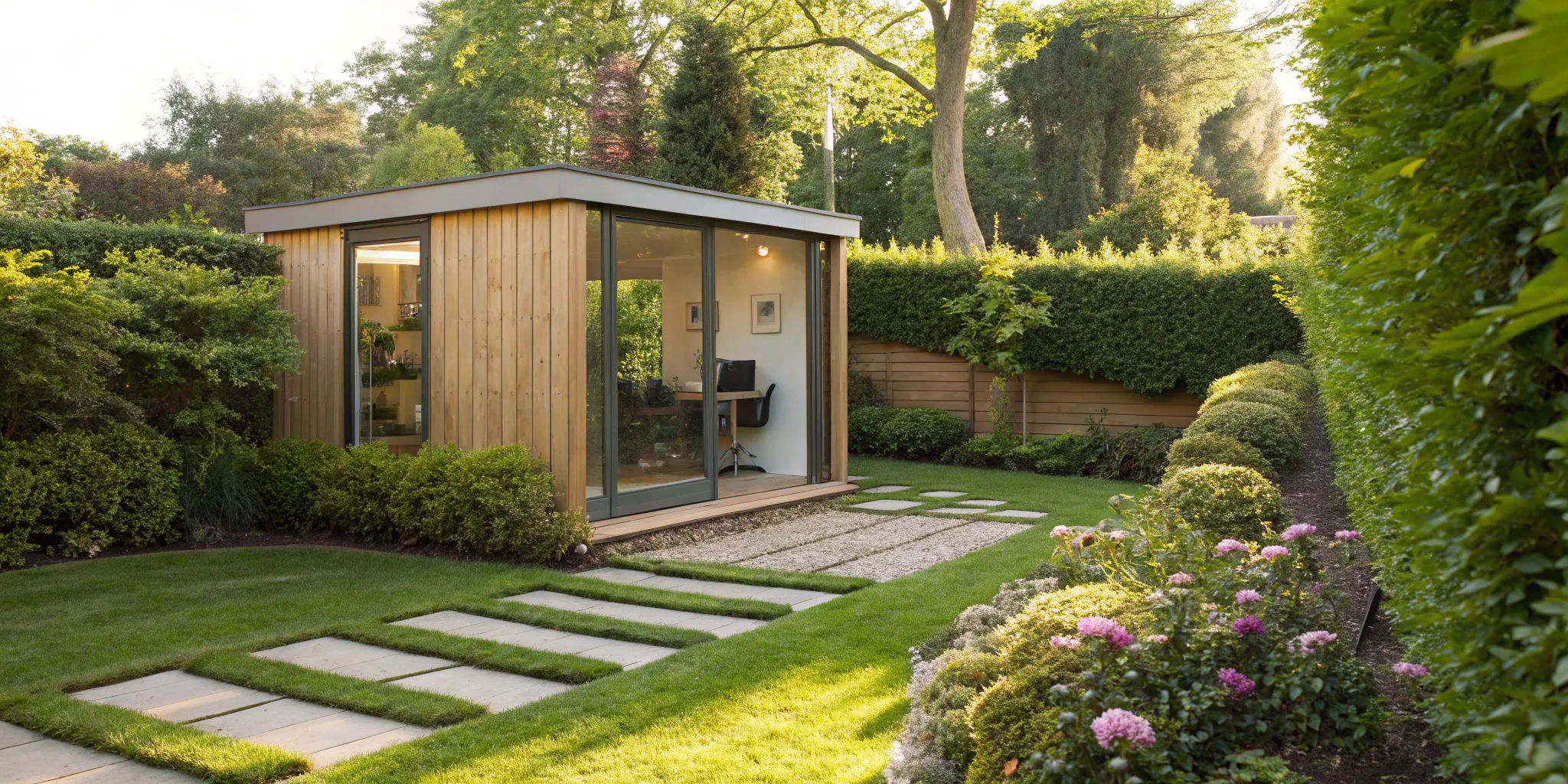
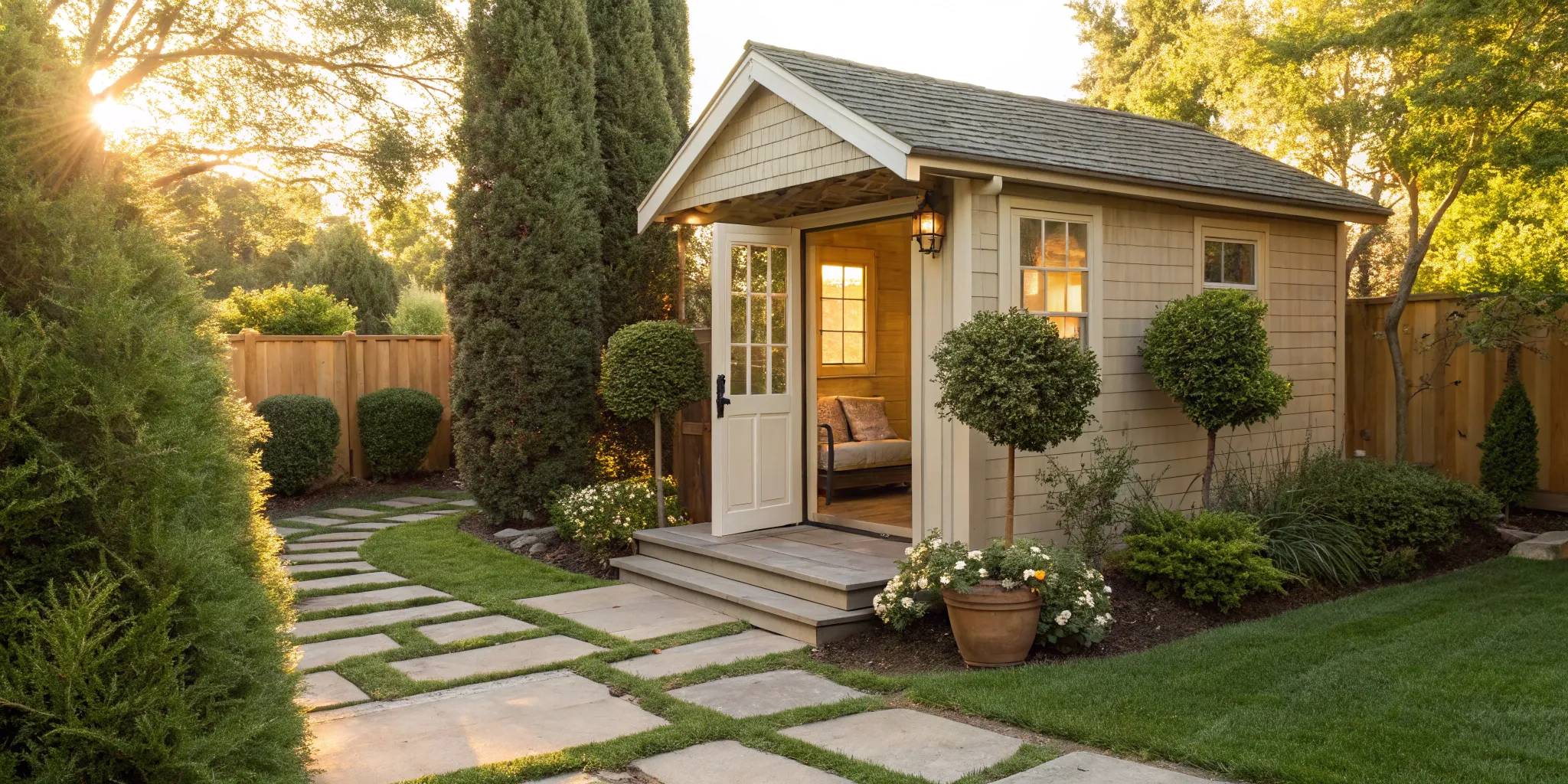
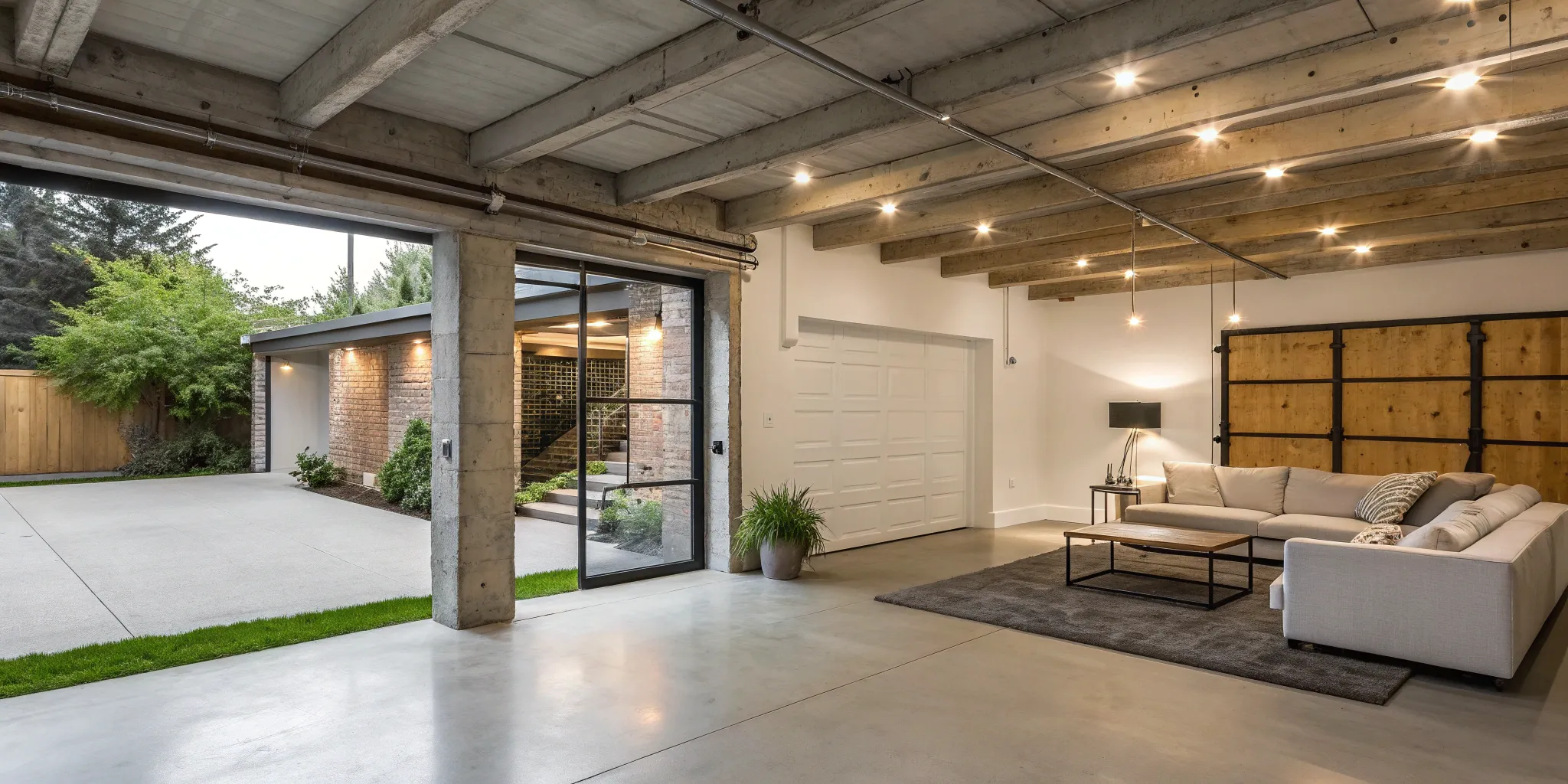

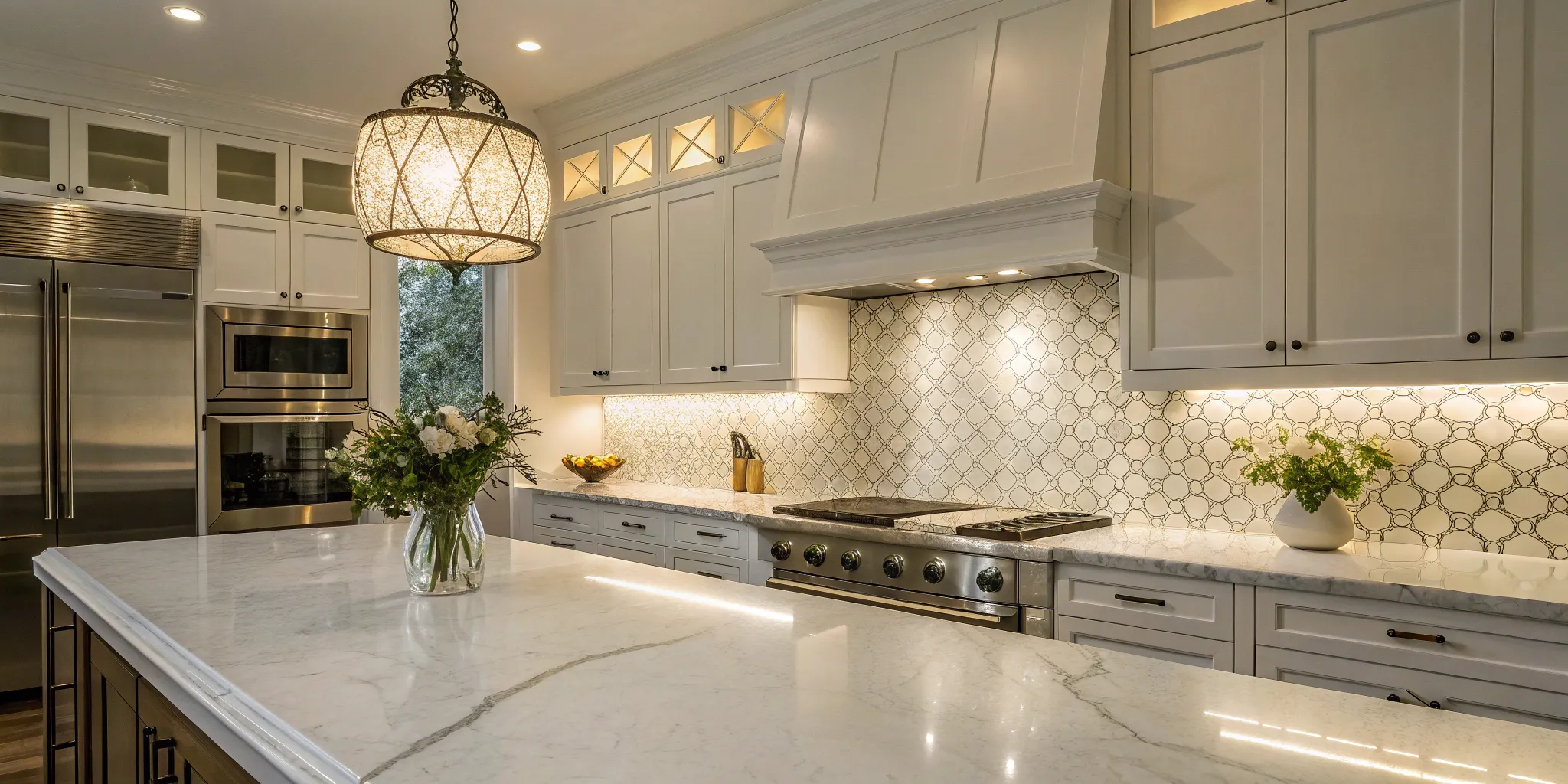
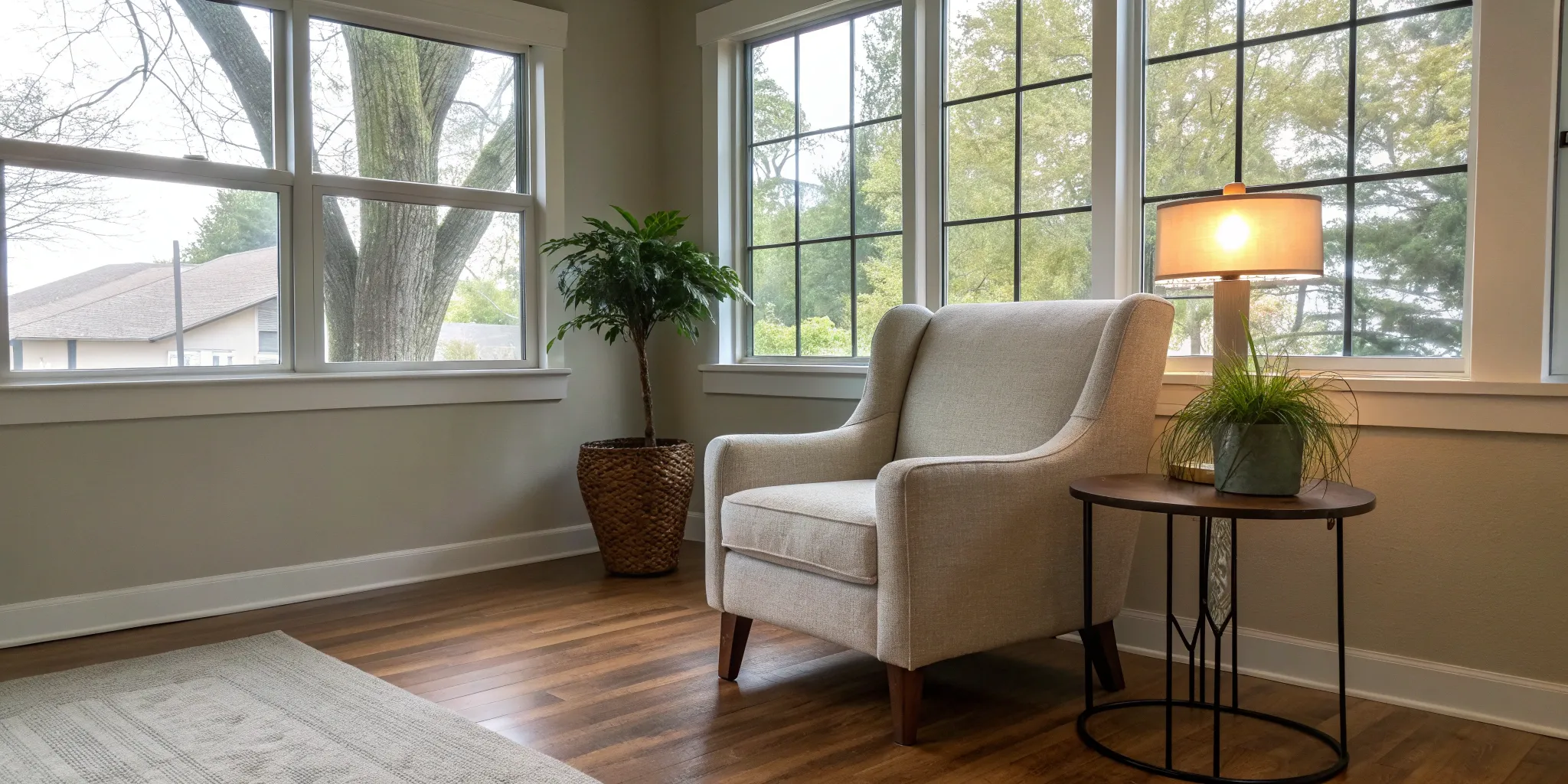
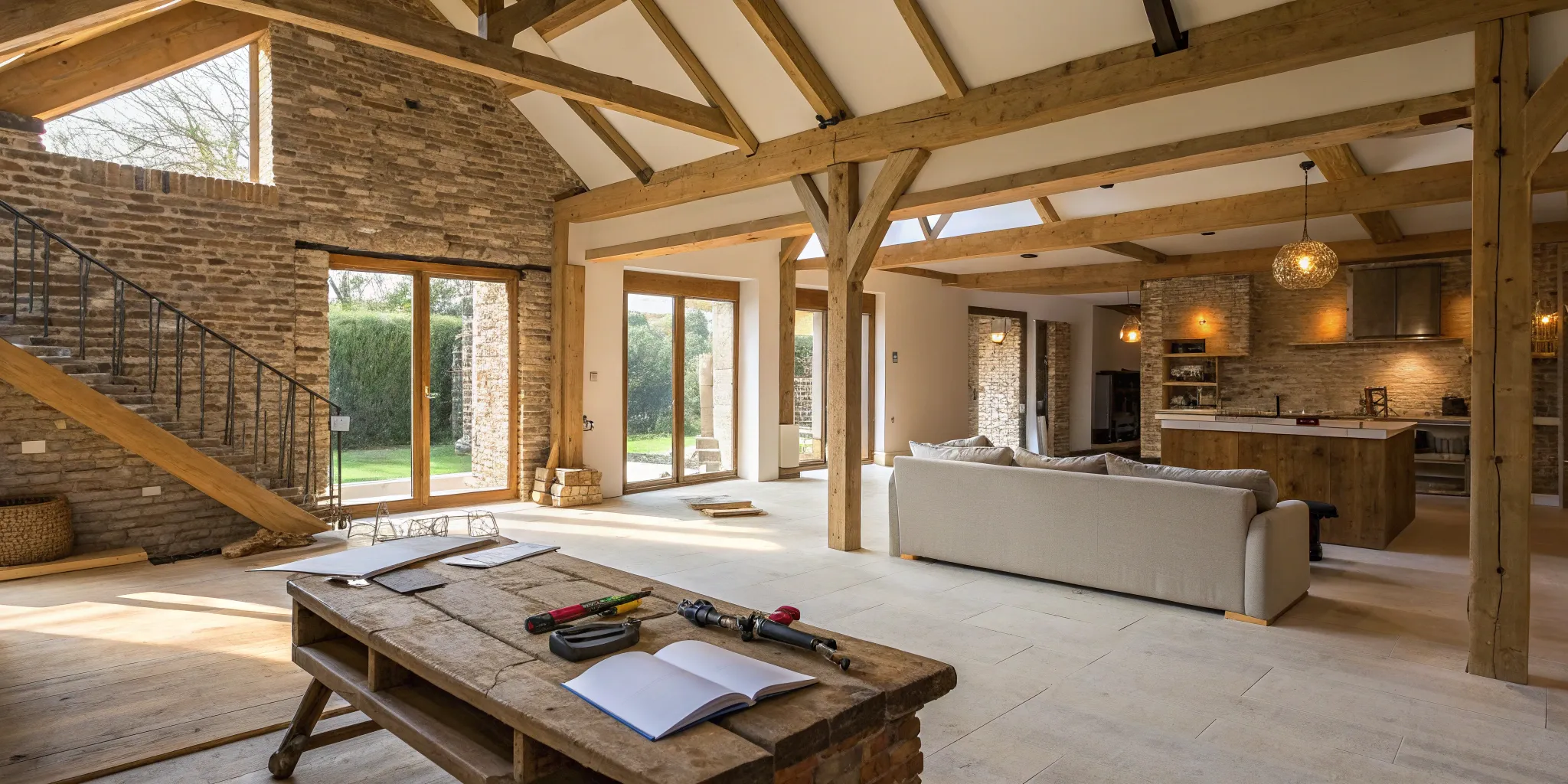
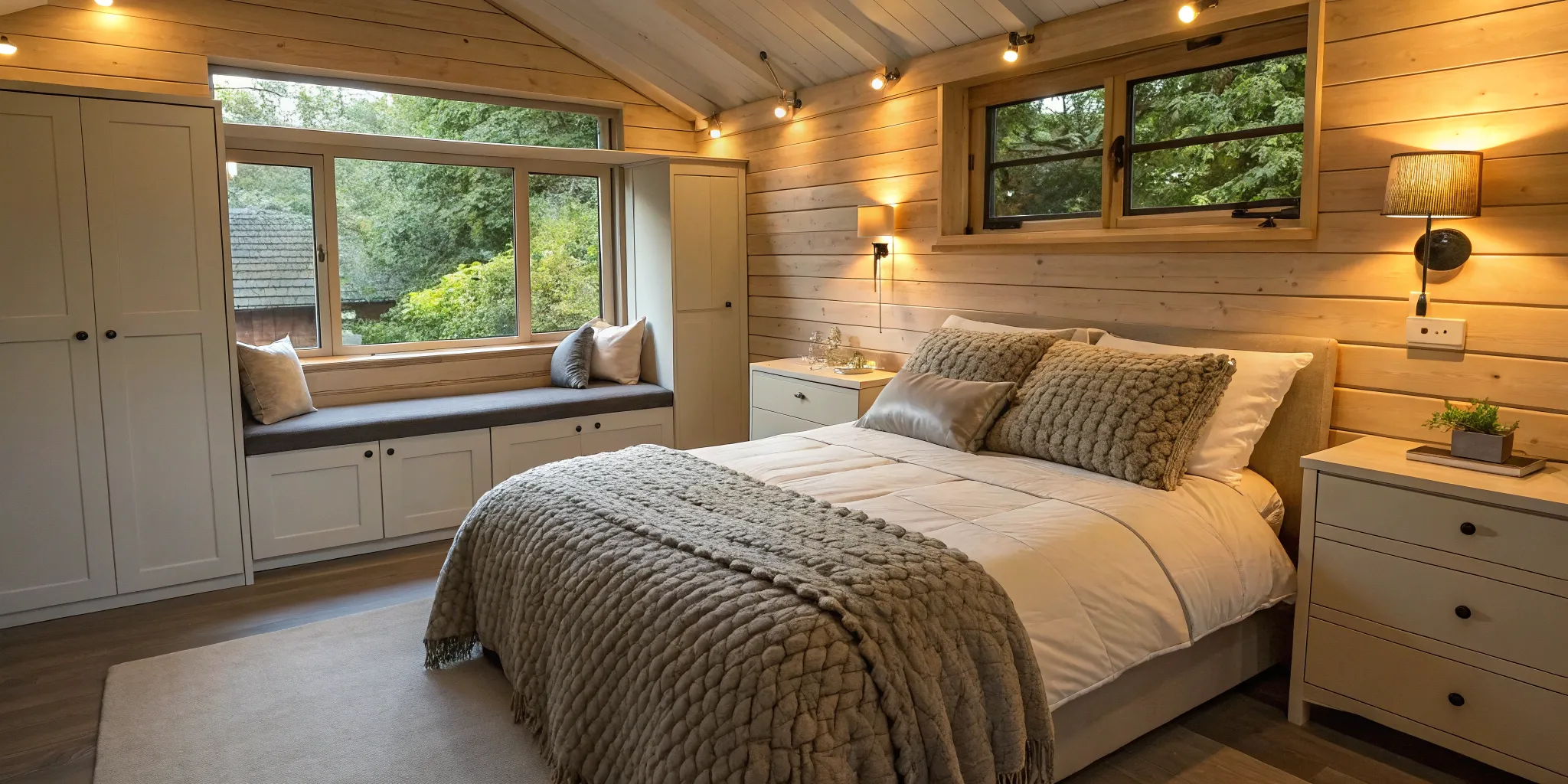

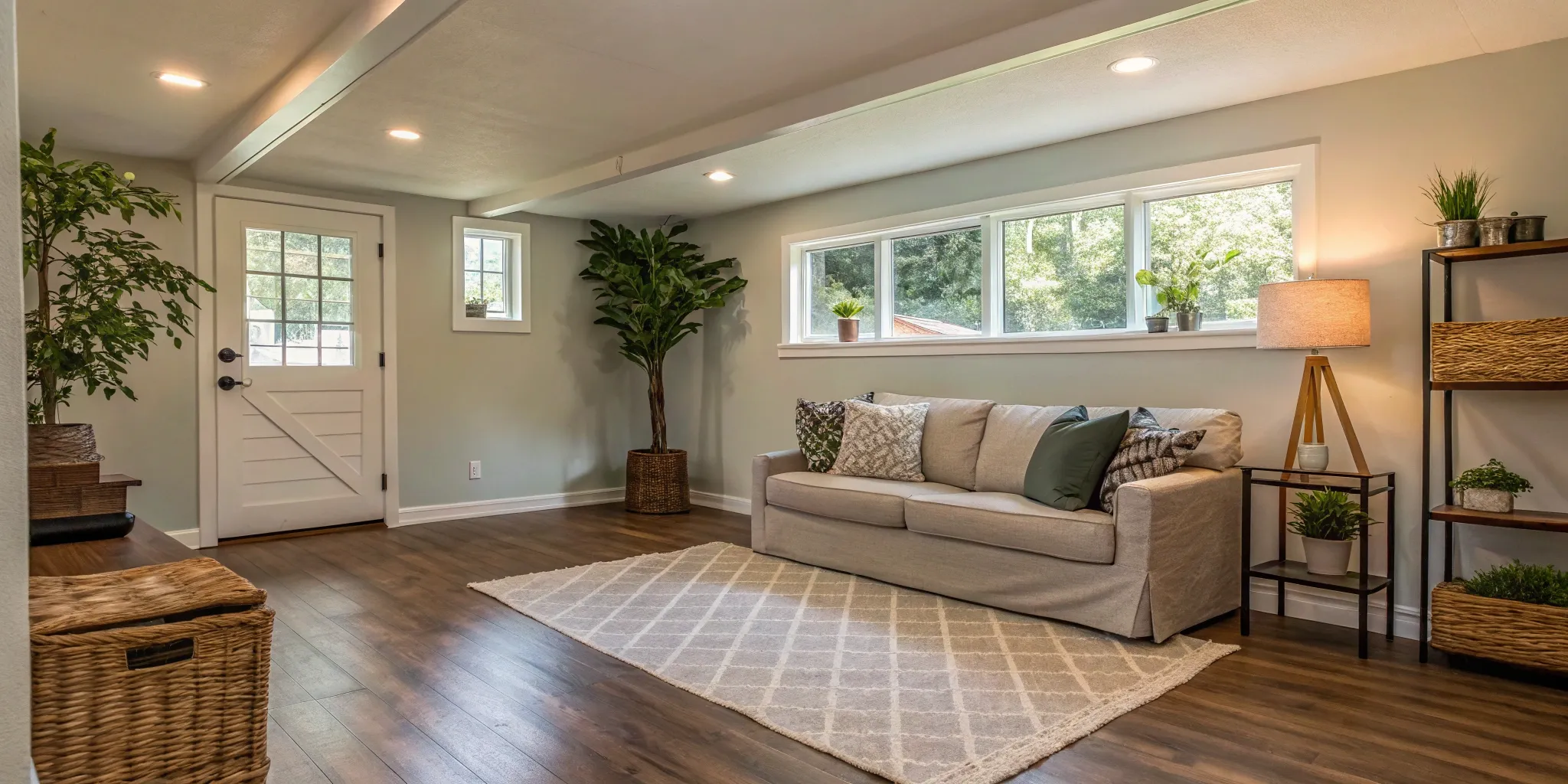
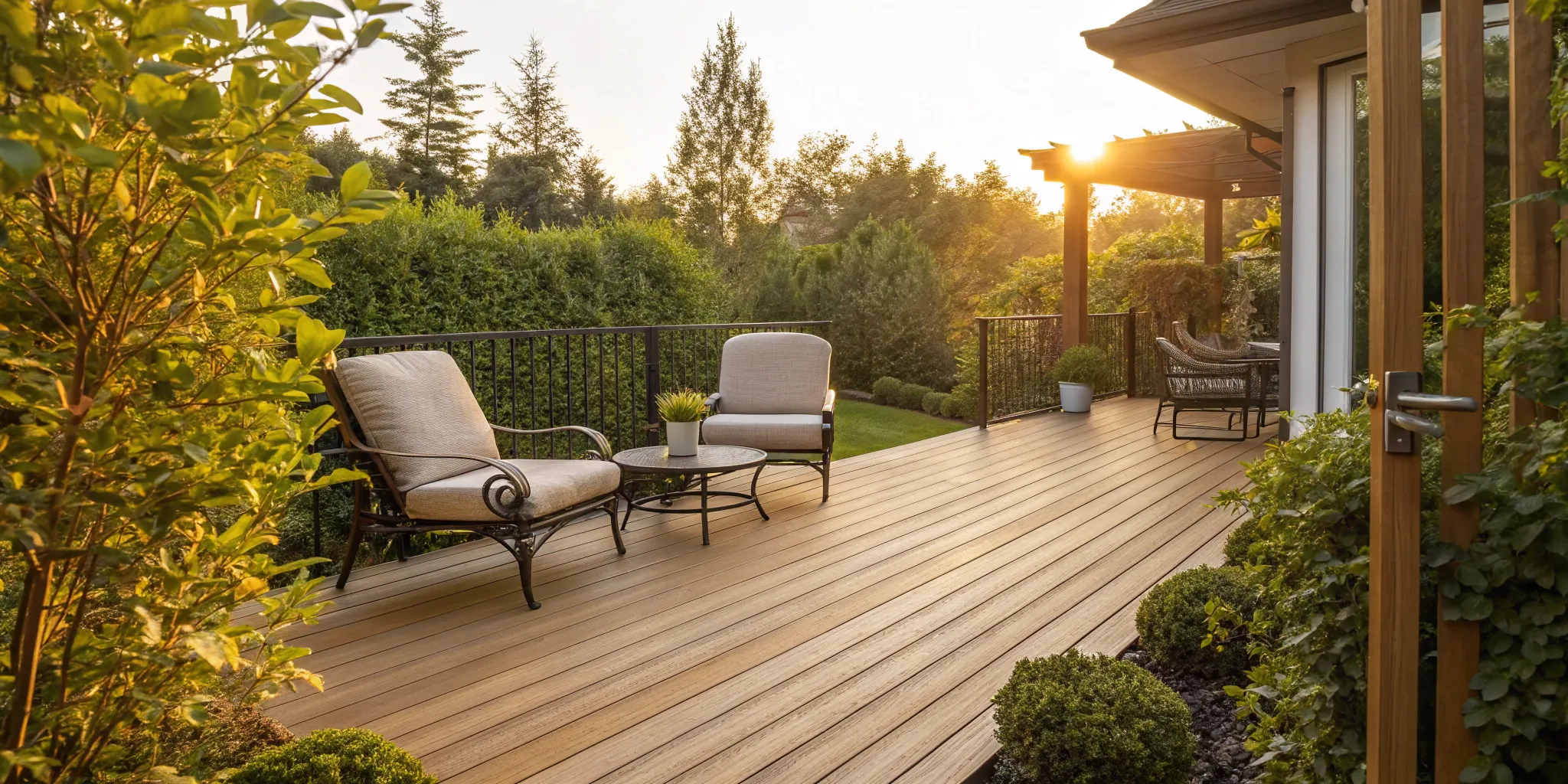
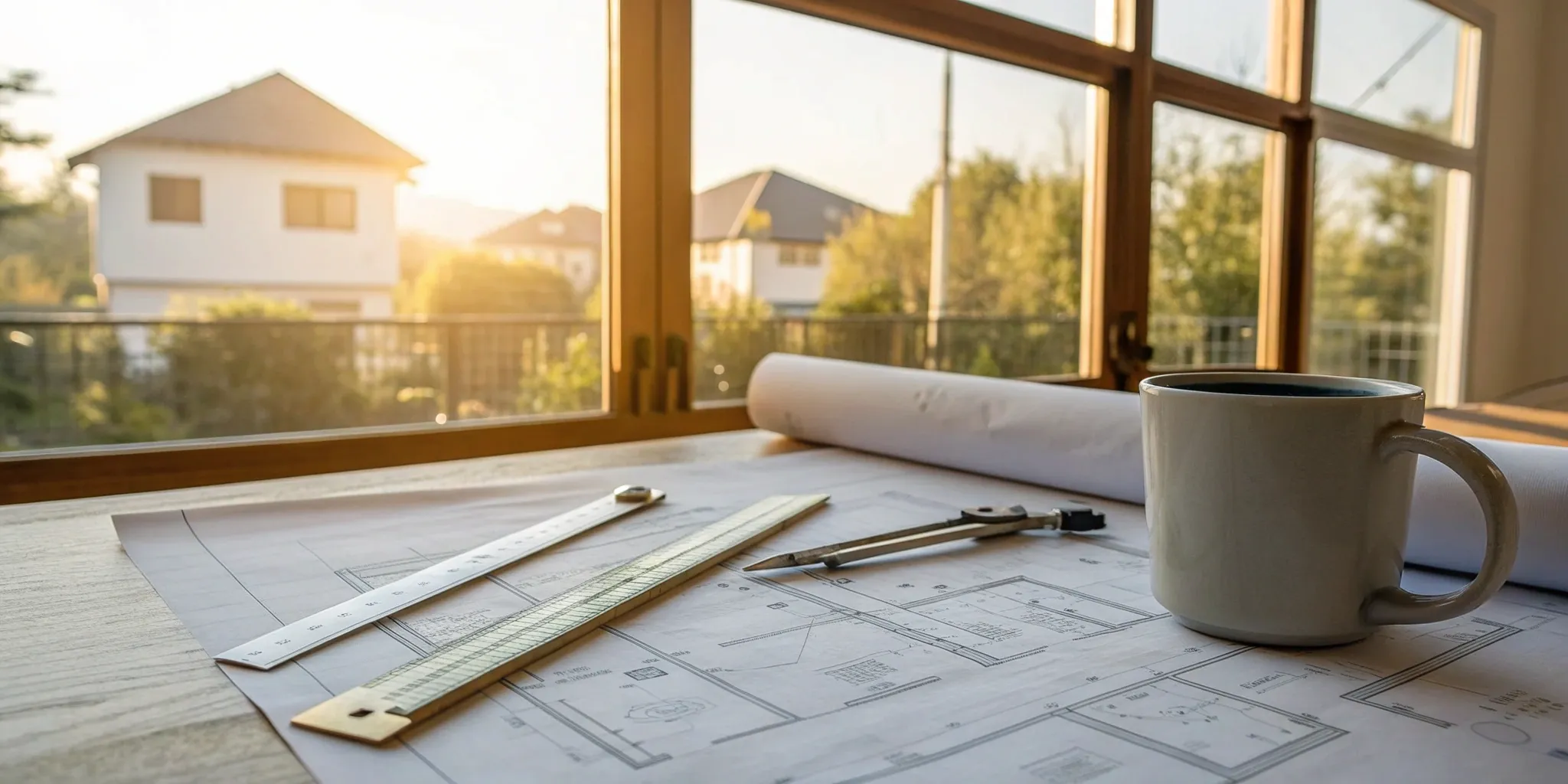


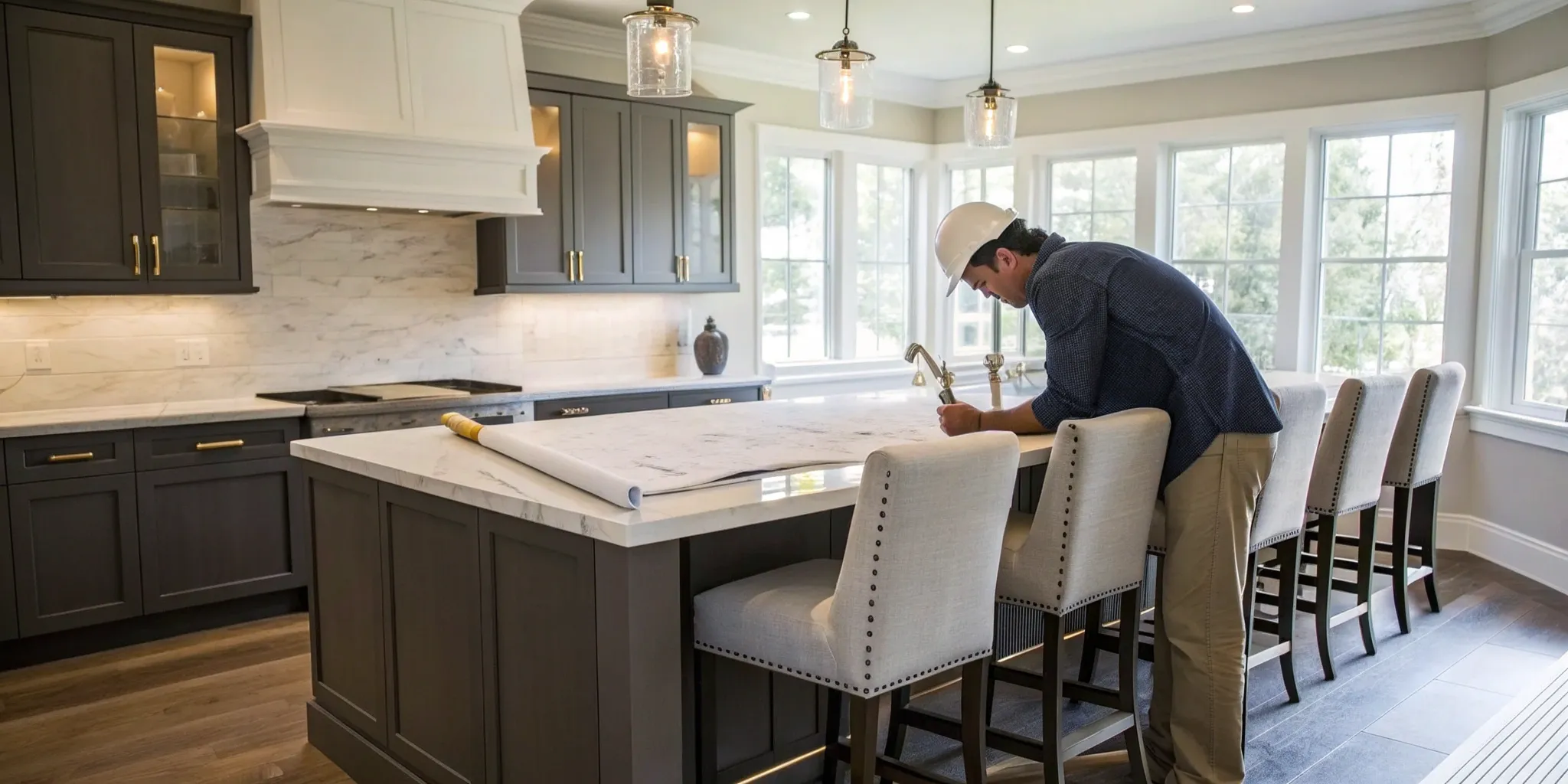
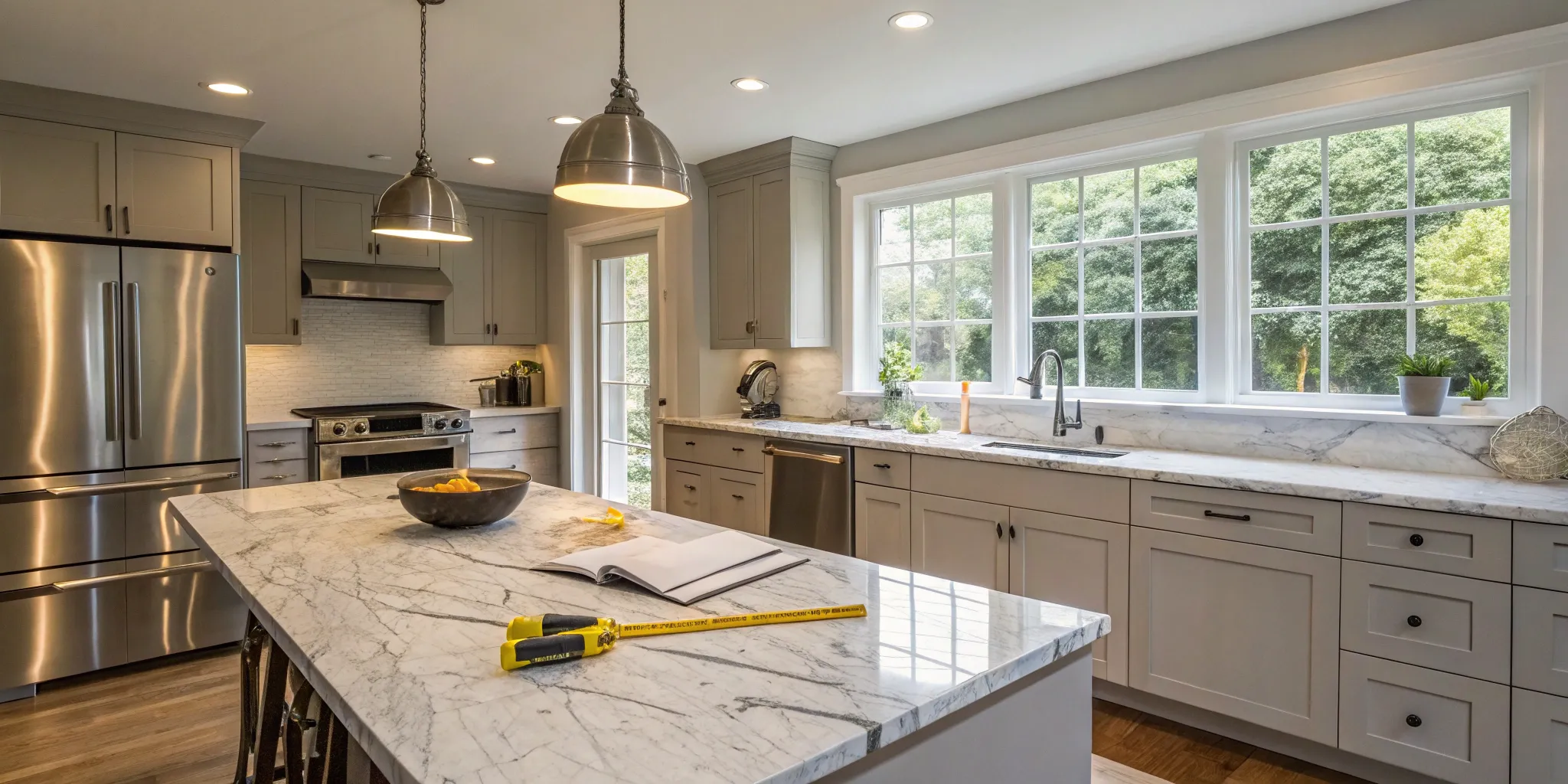



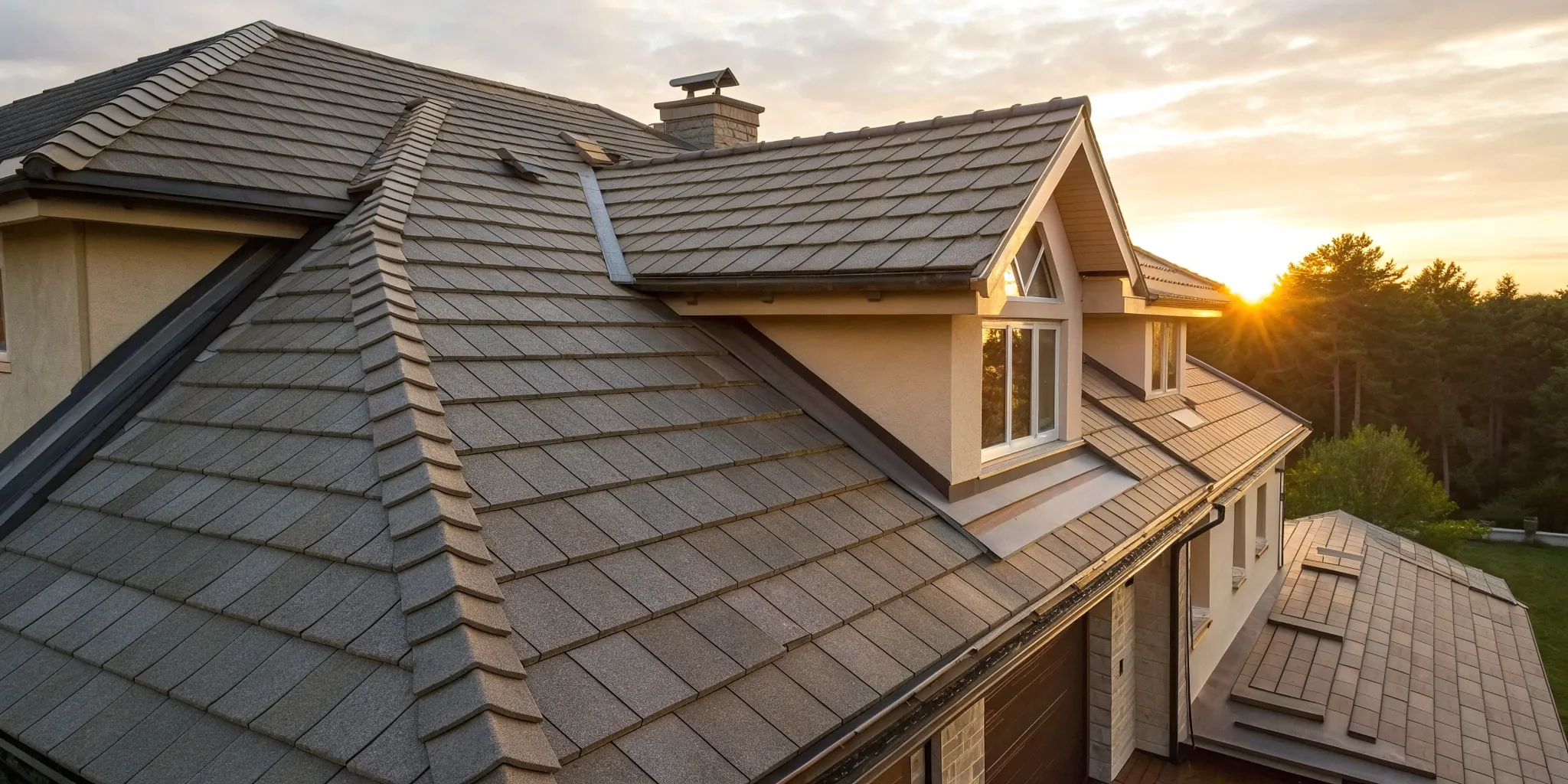
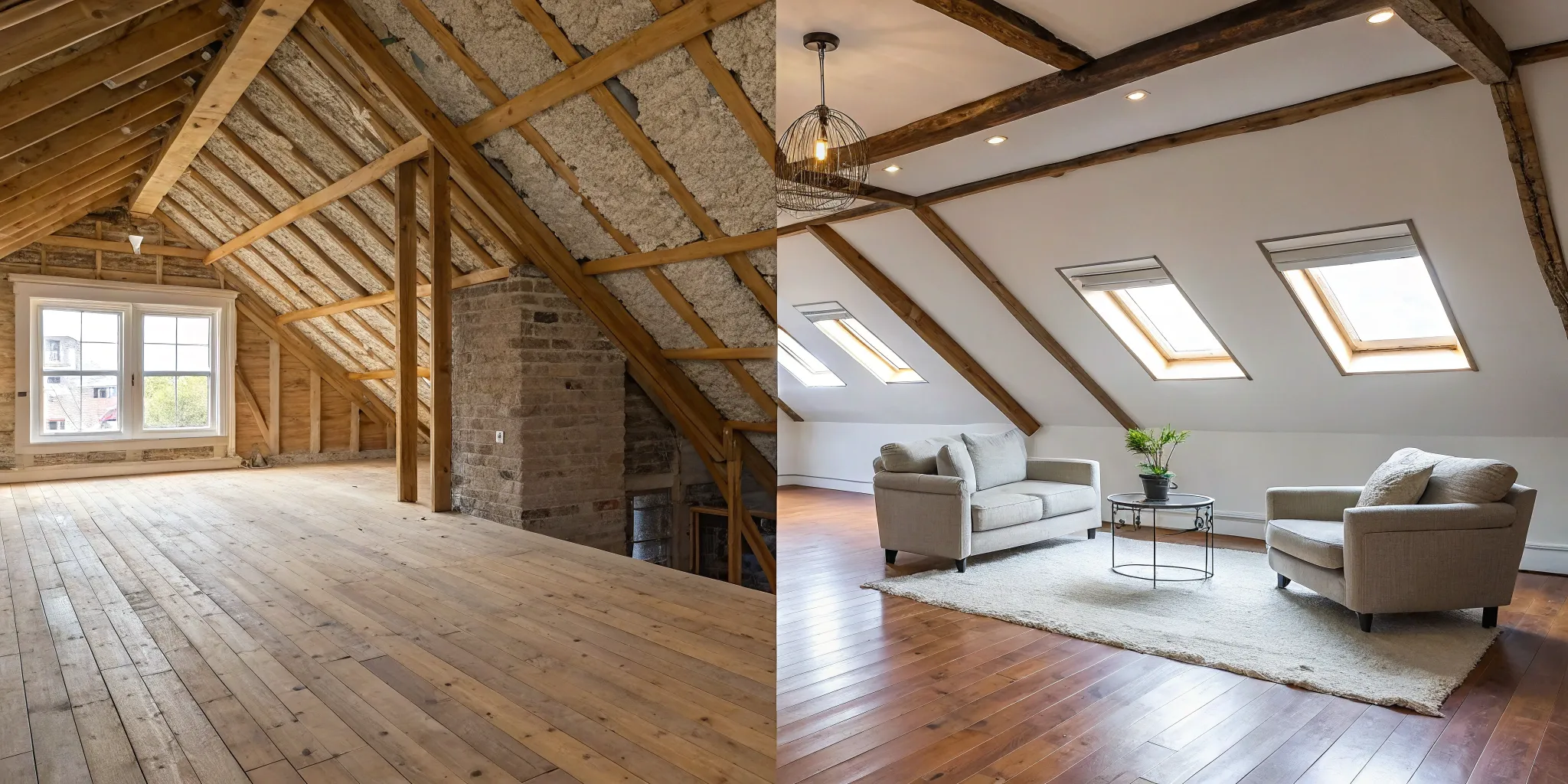

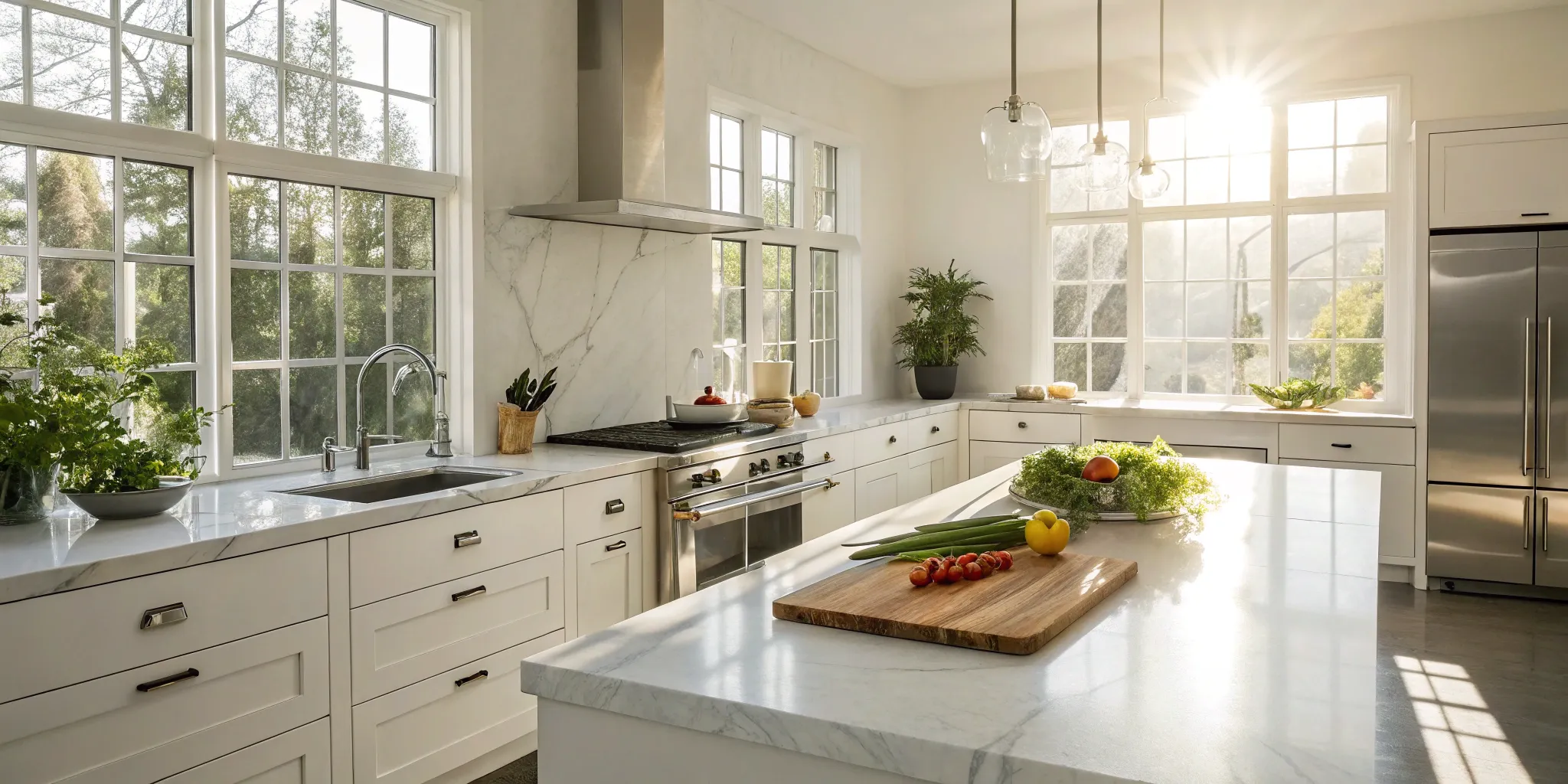


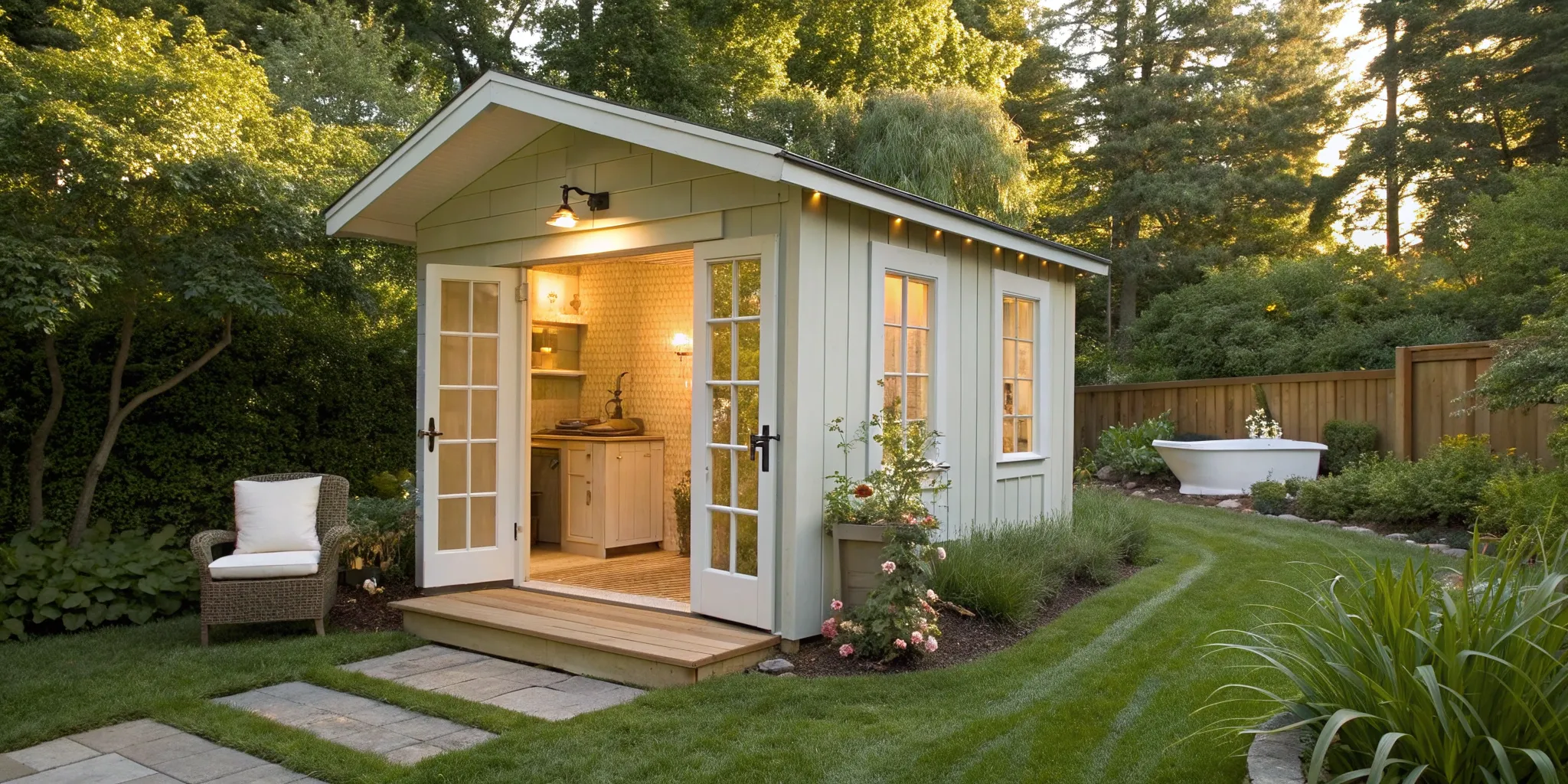
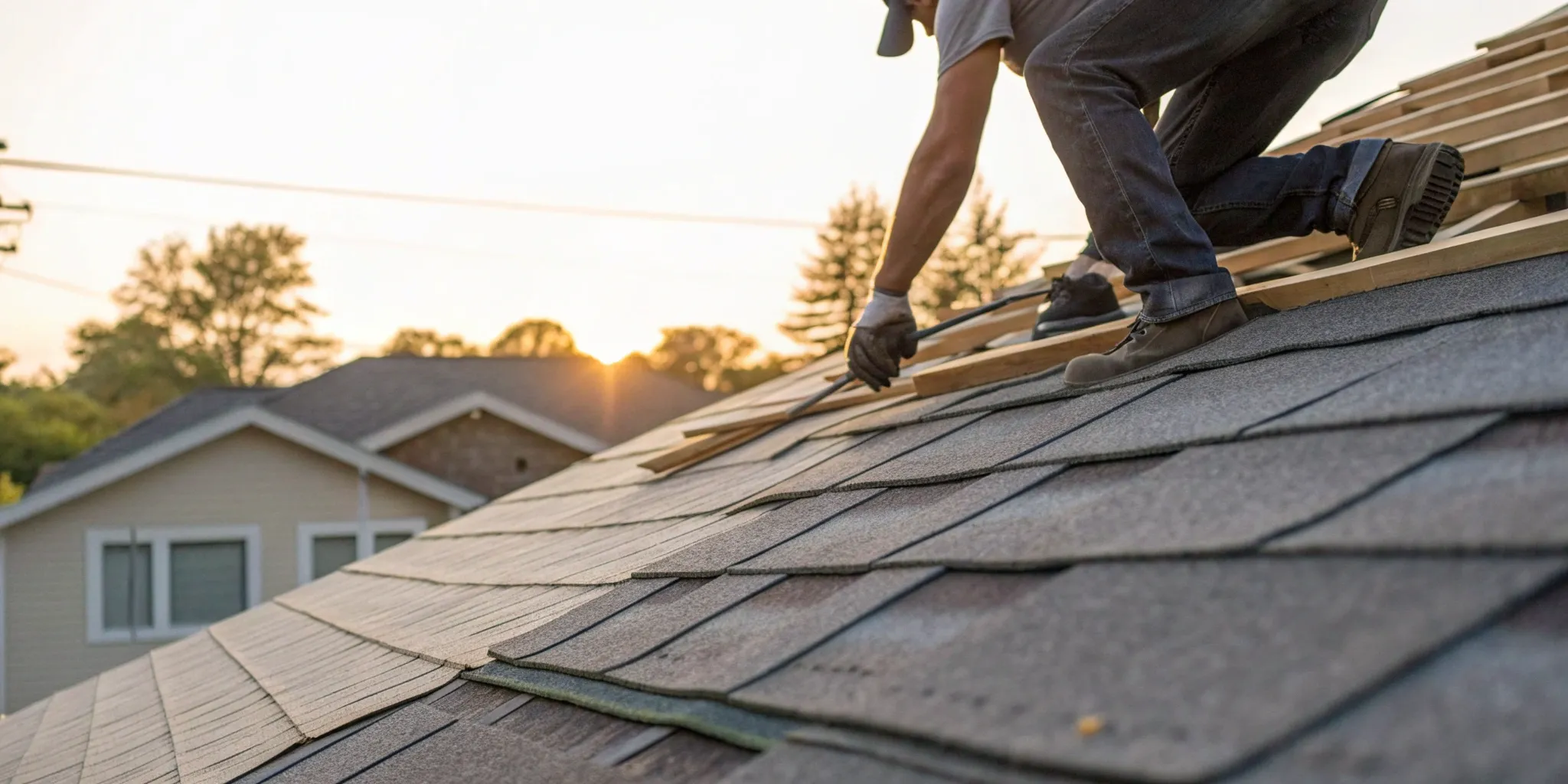

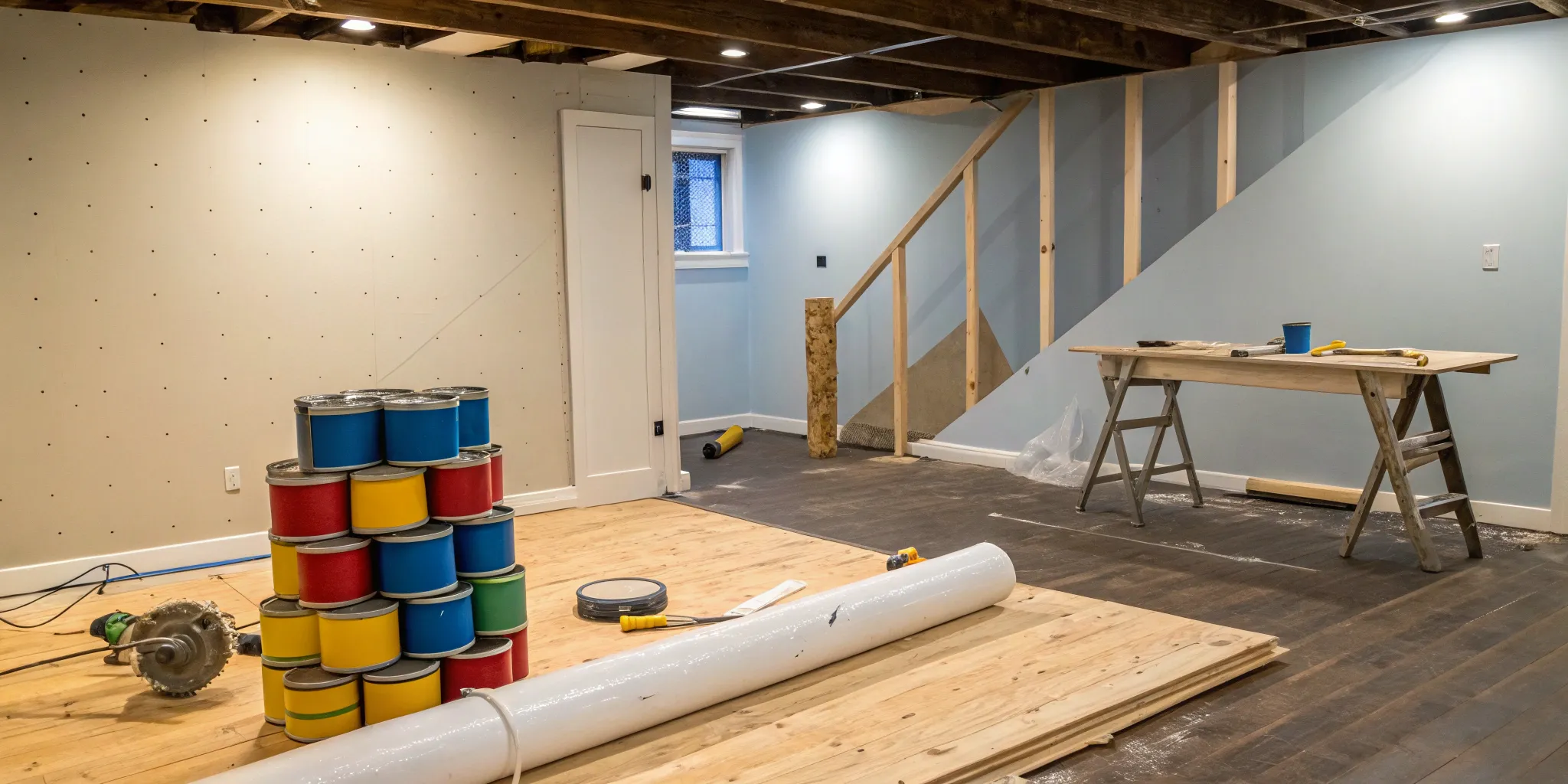


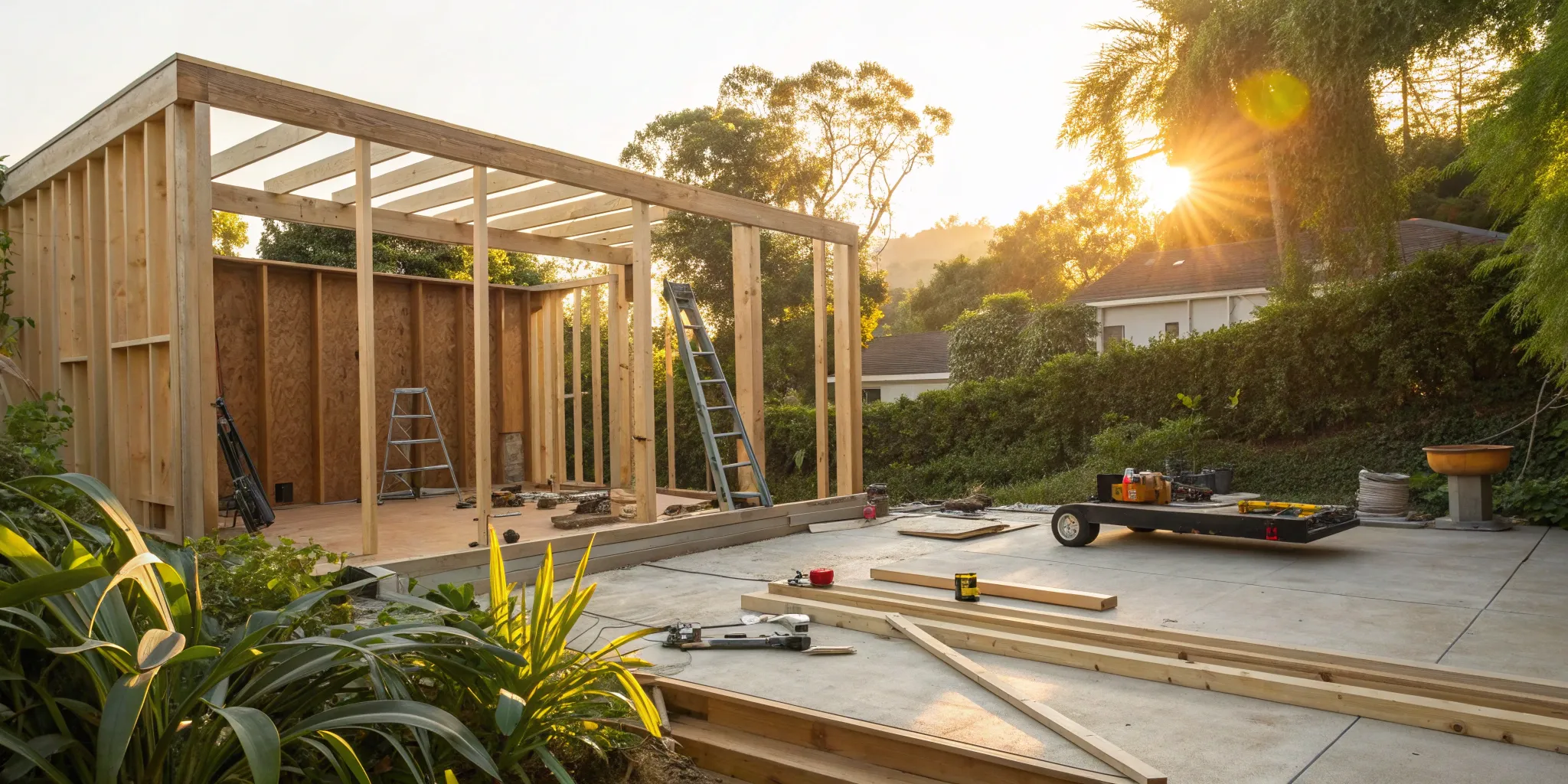
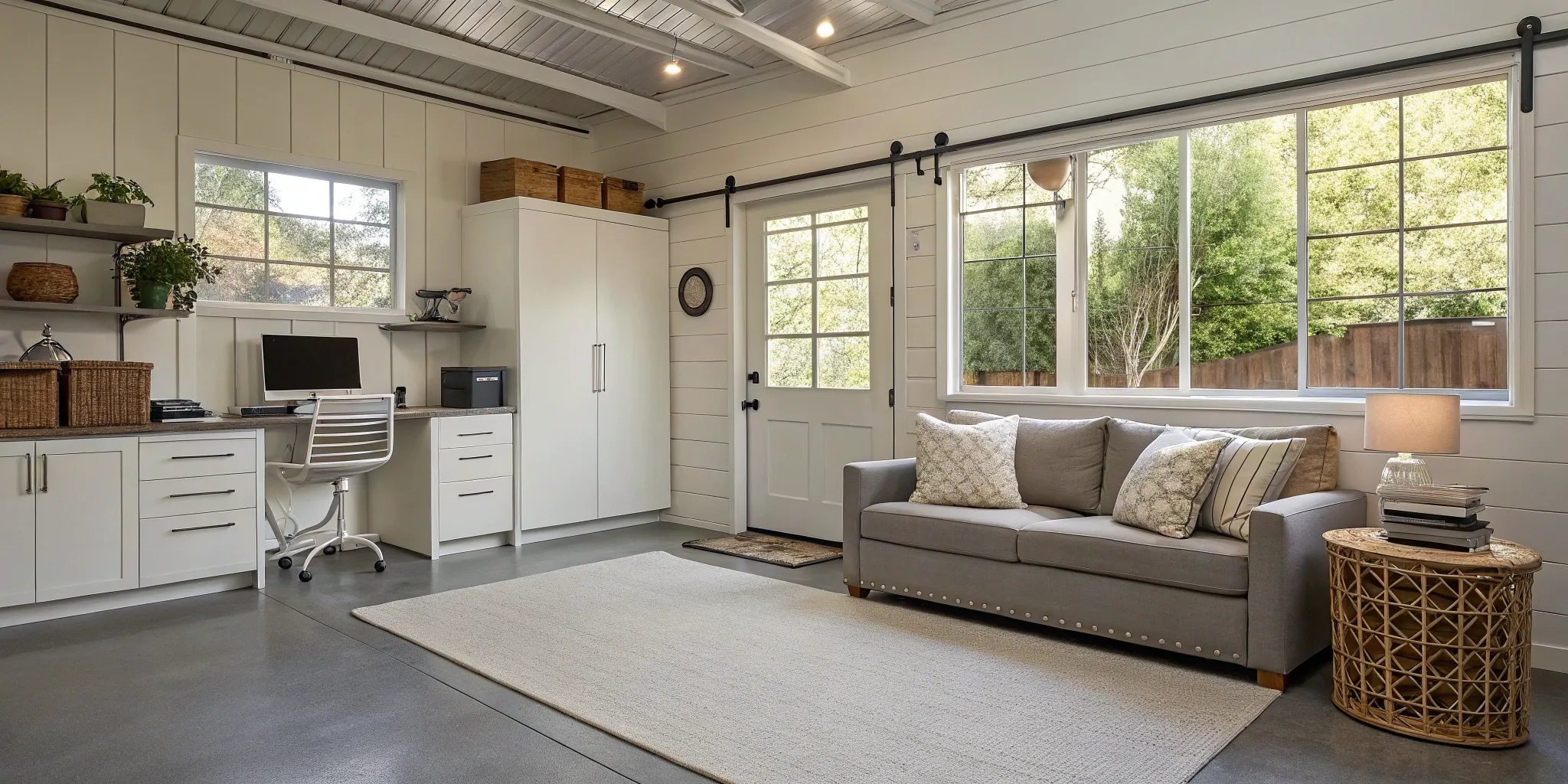
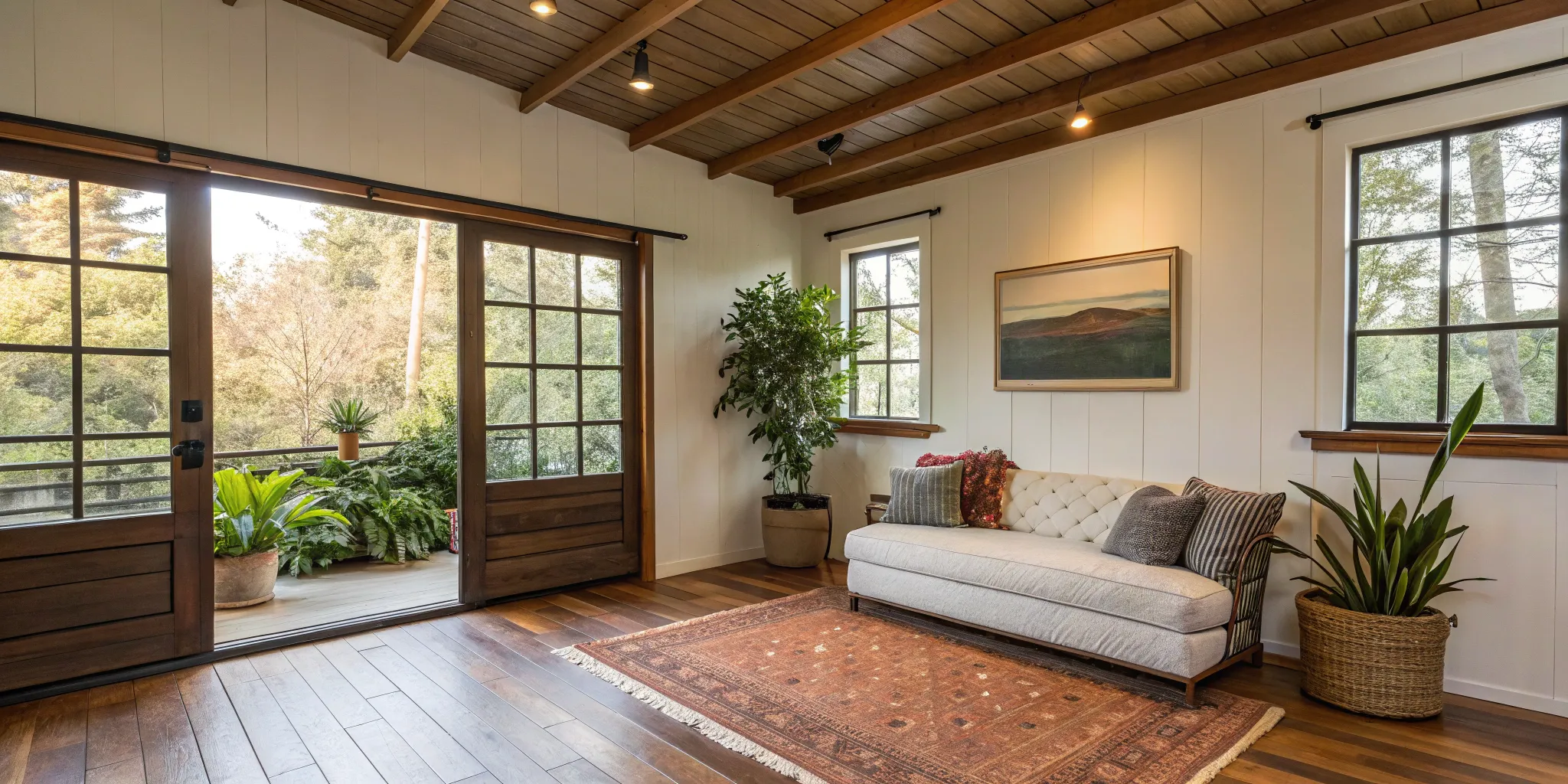
.png)
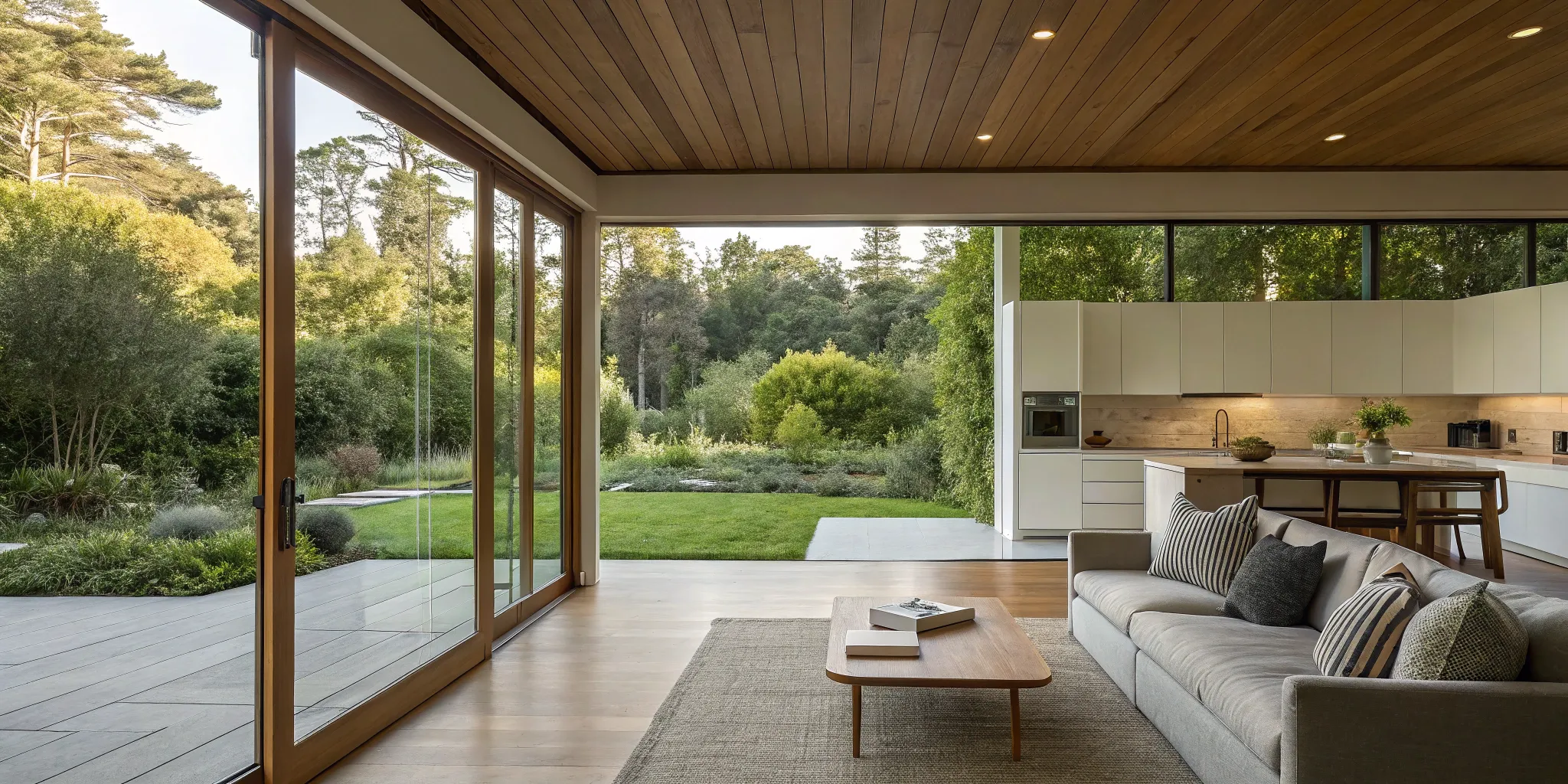


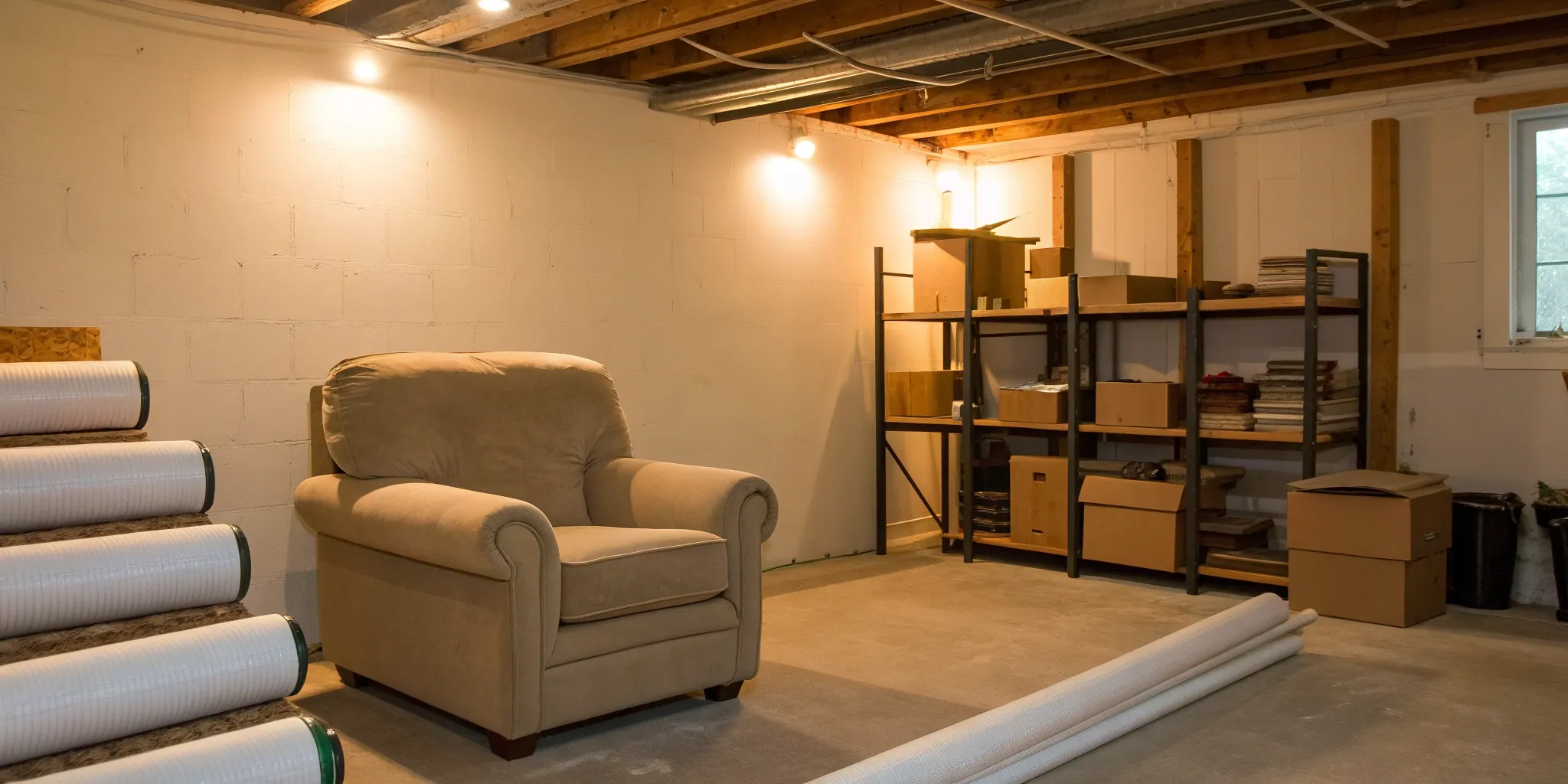
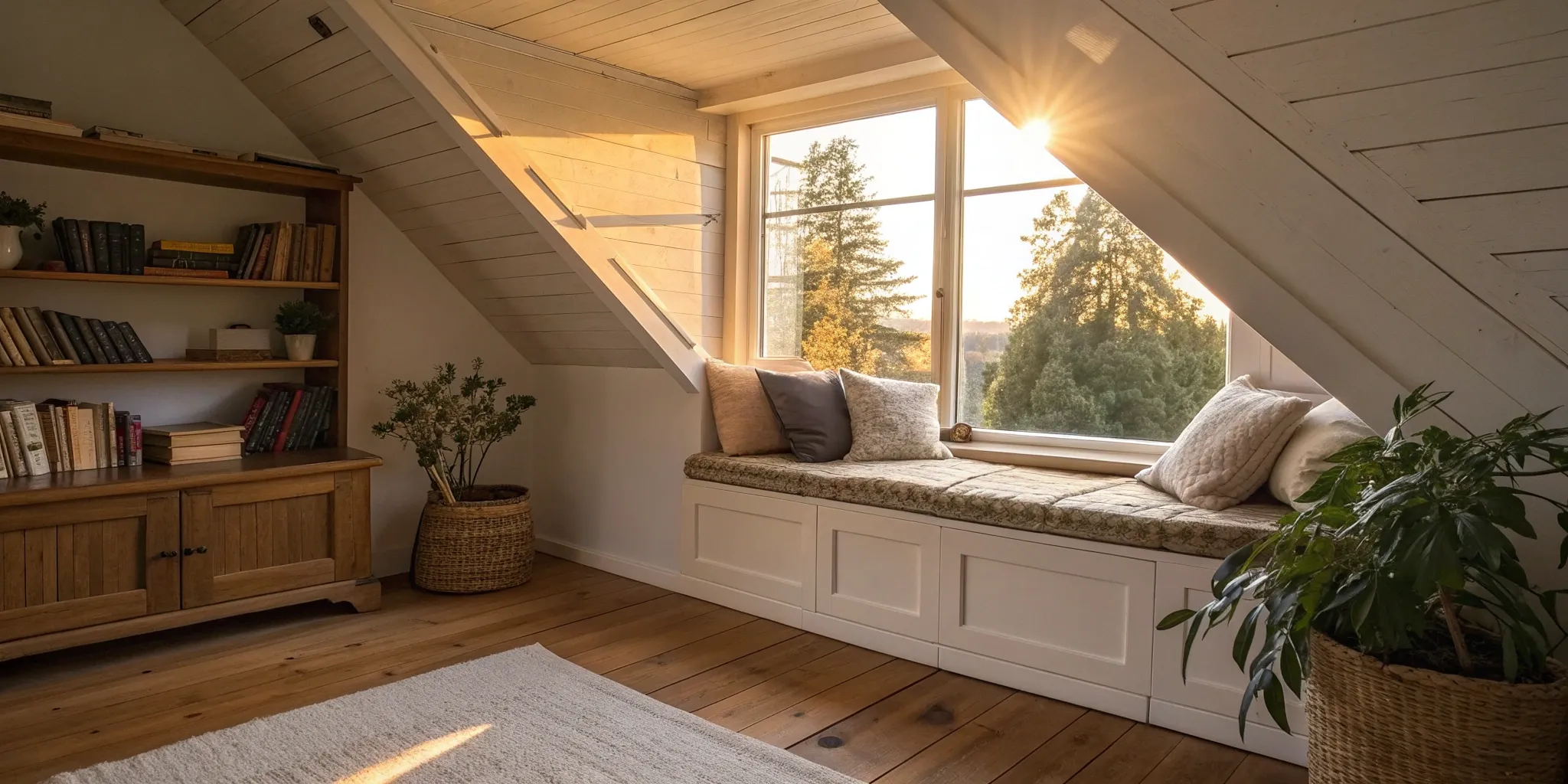
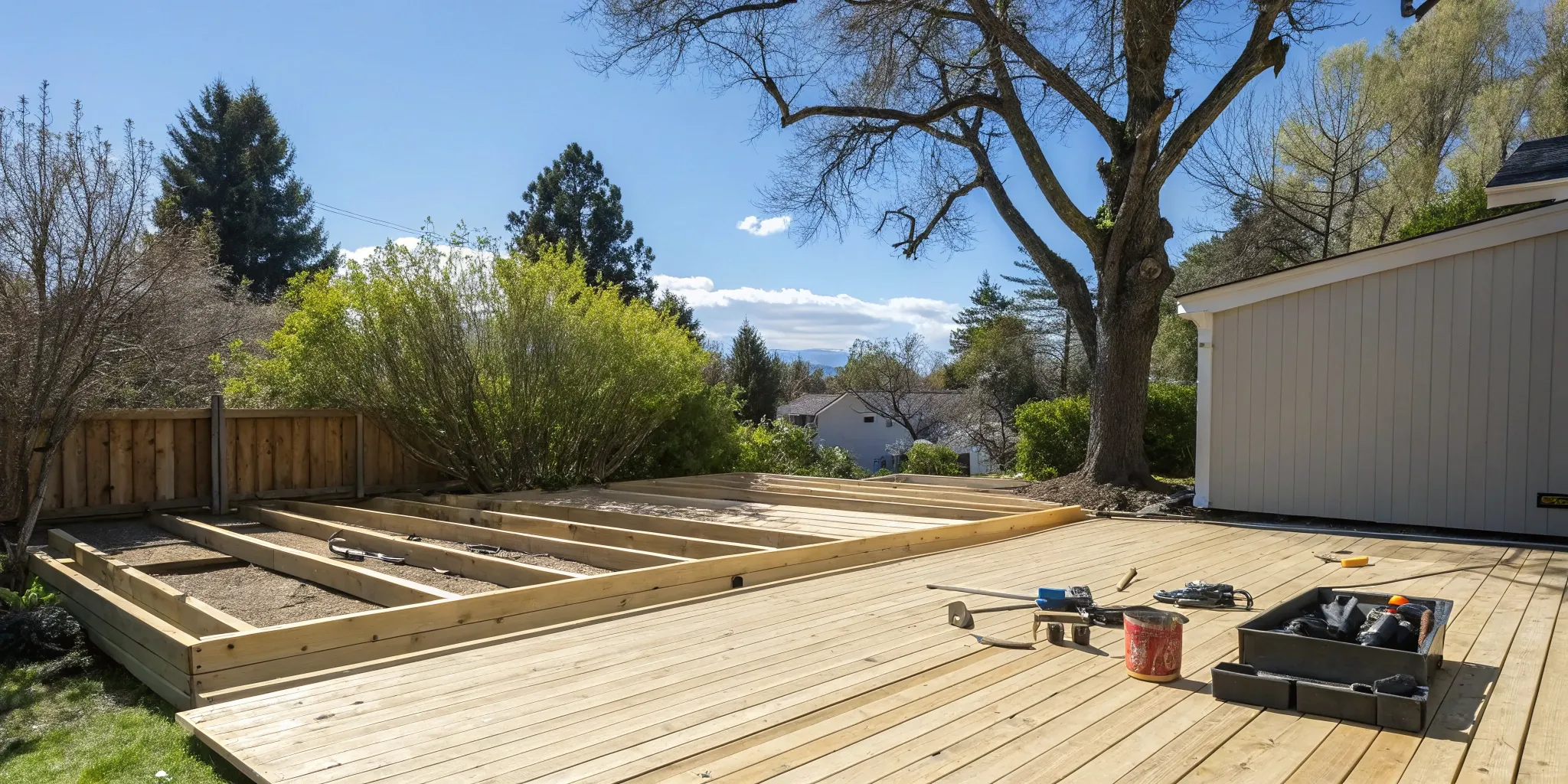

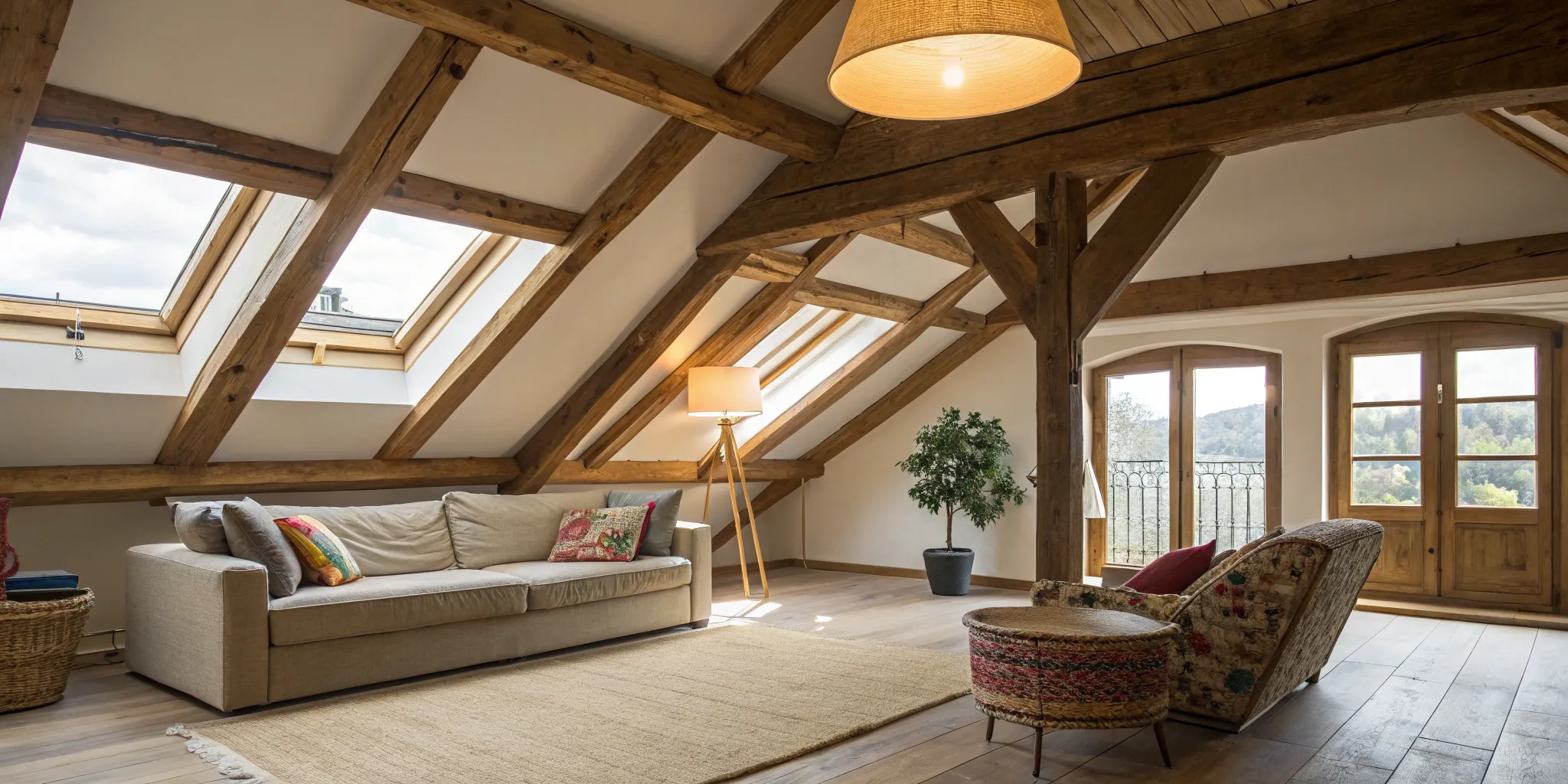



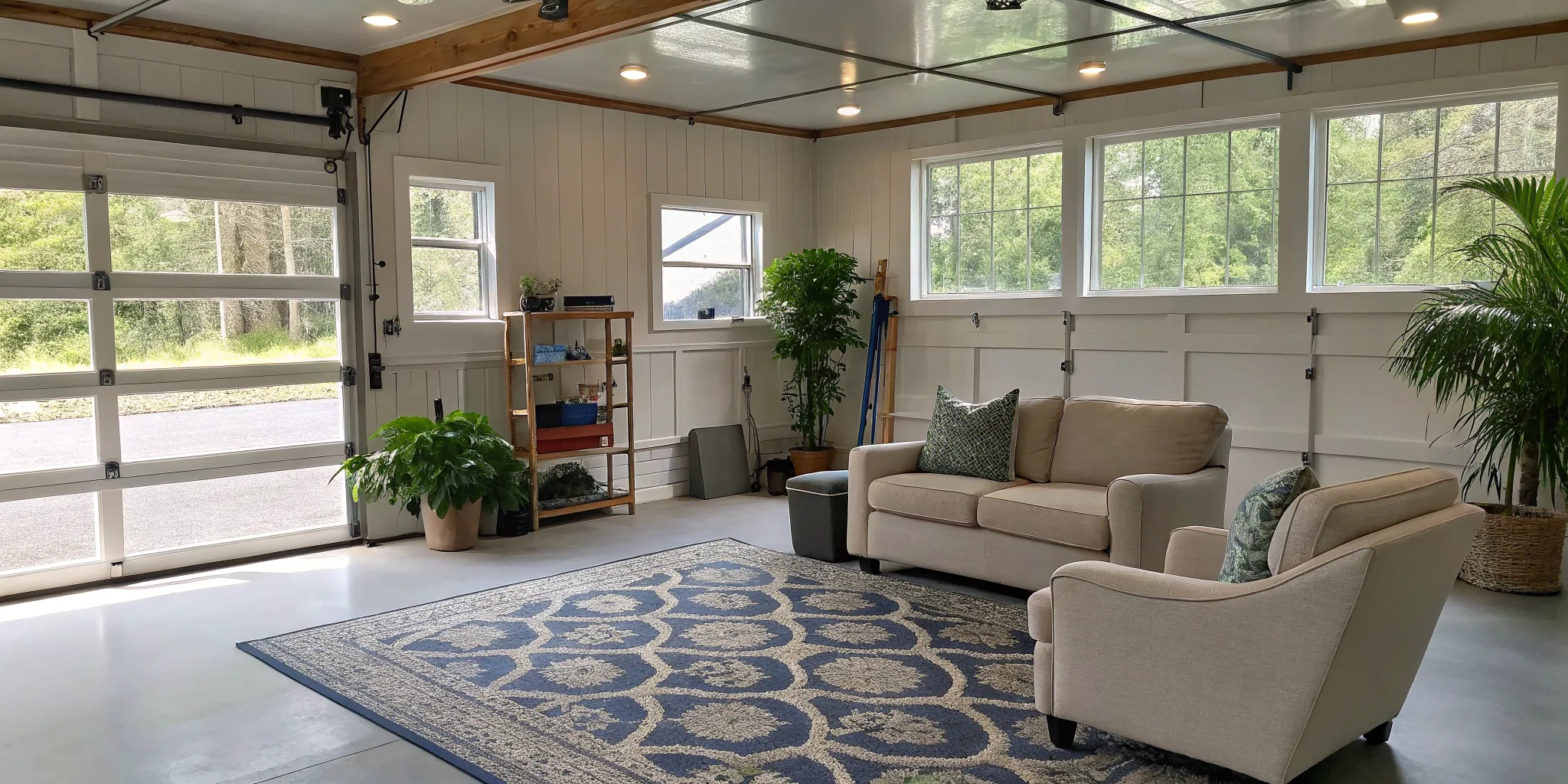
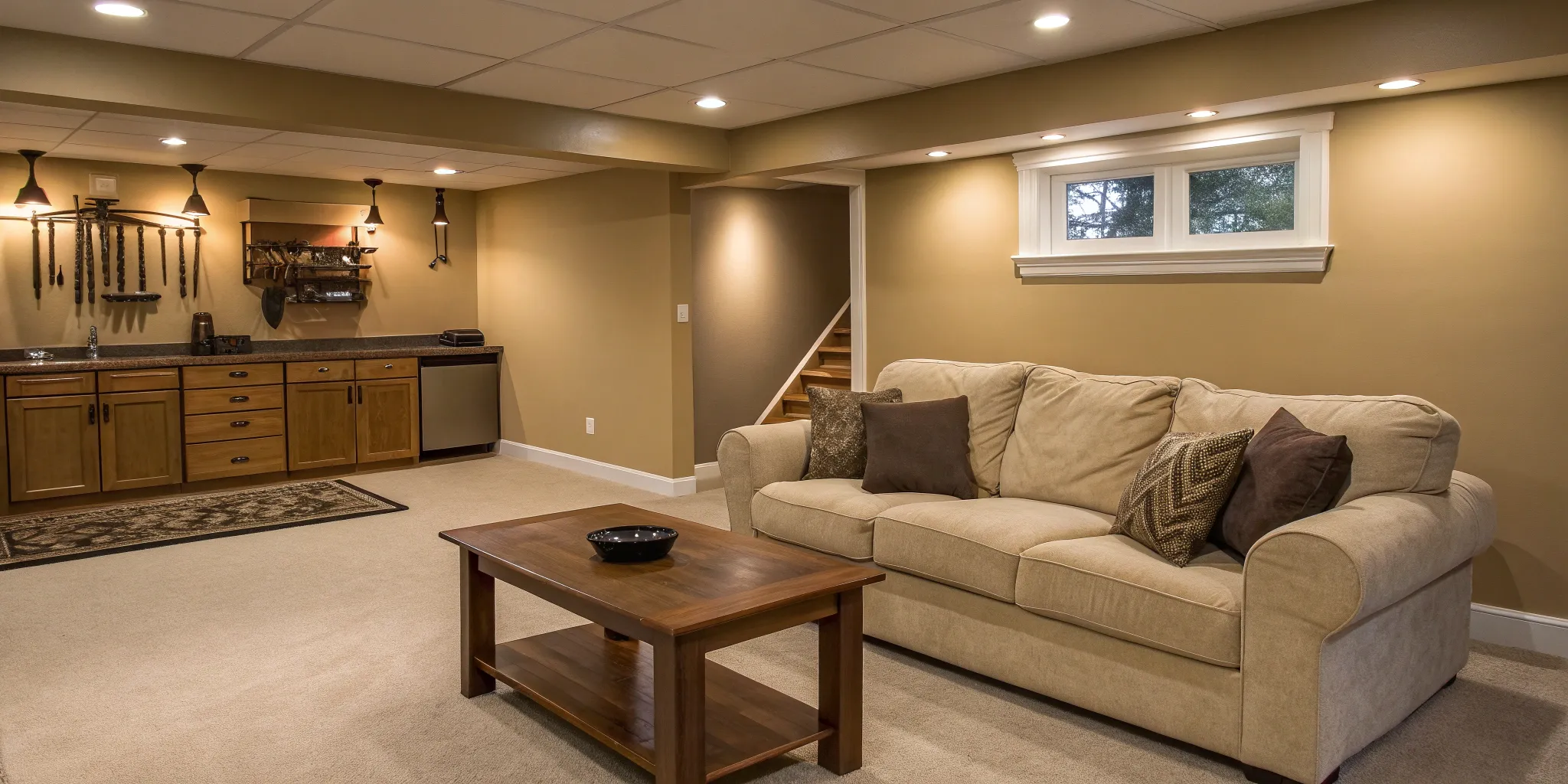

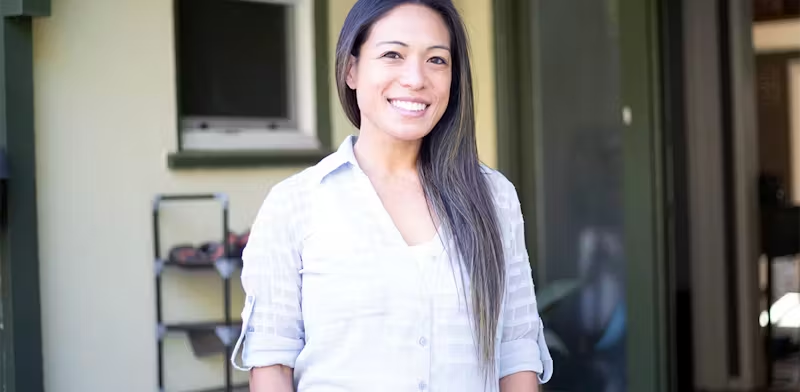

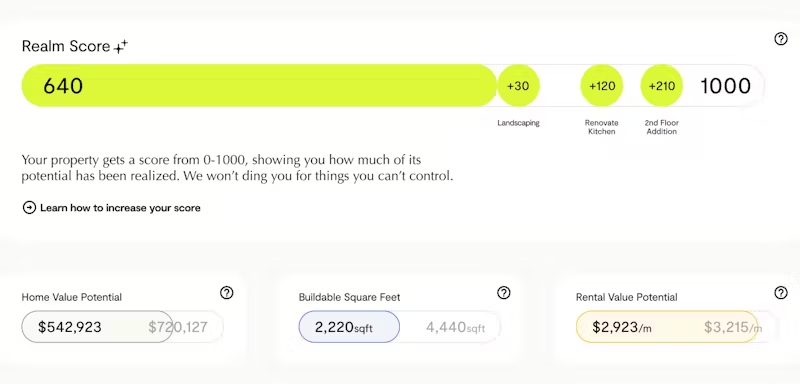
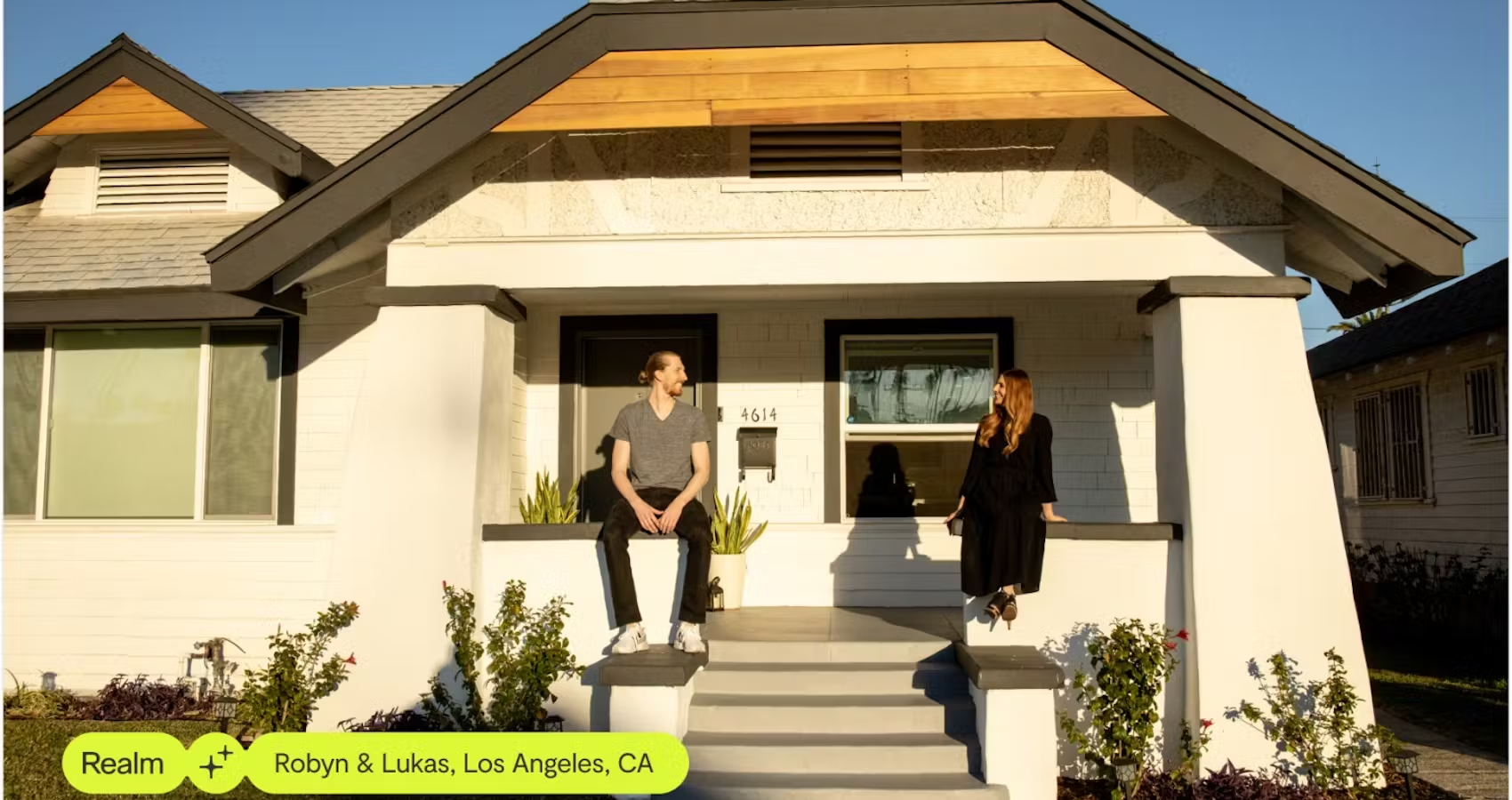
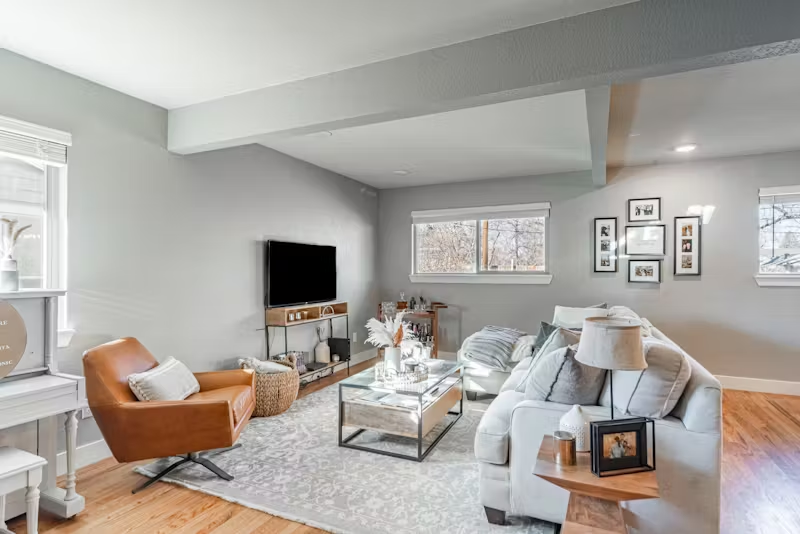
.avif)



